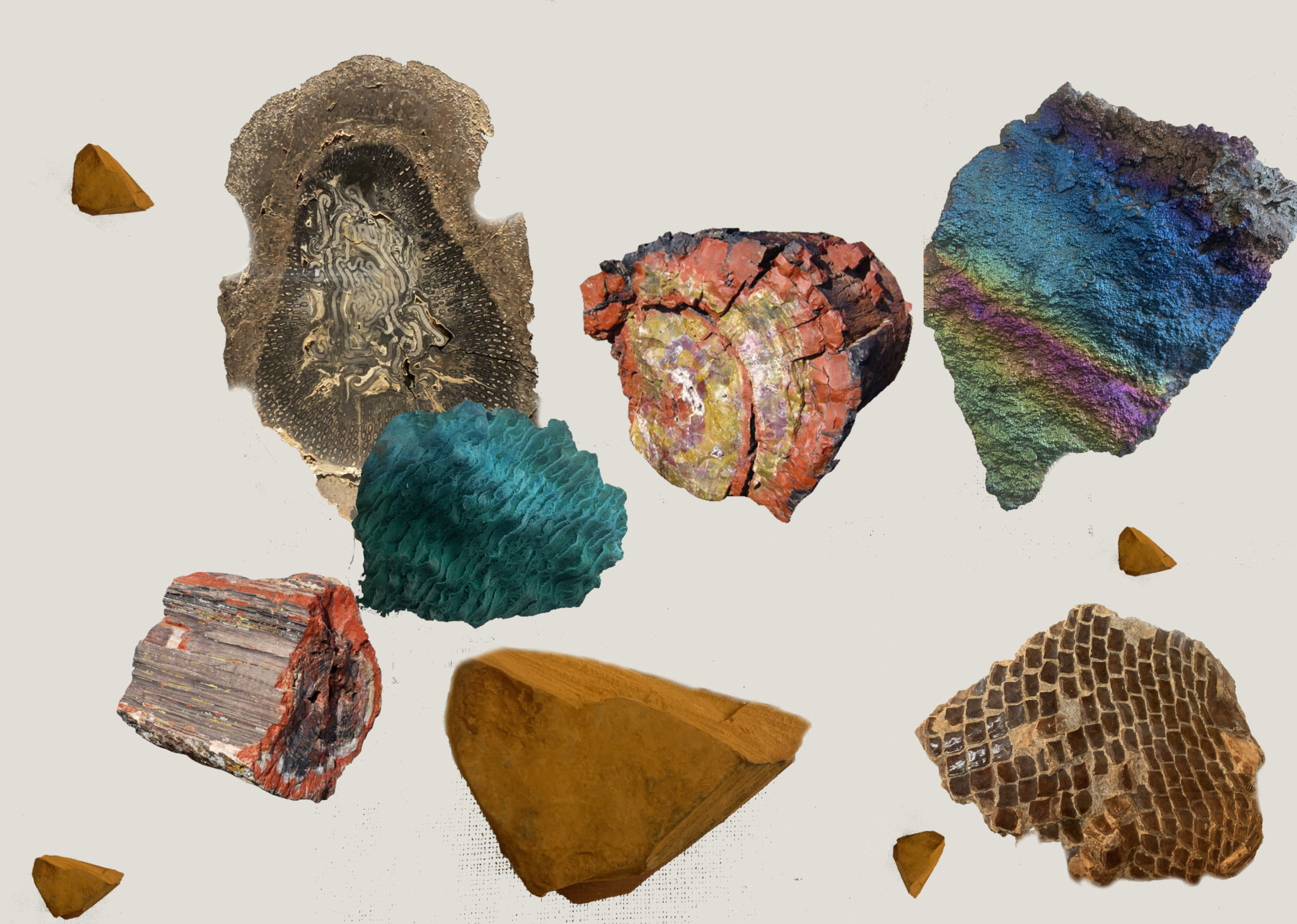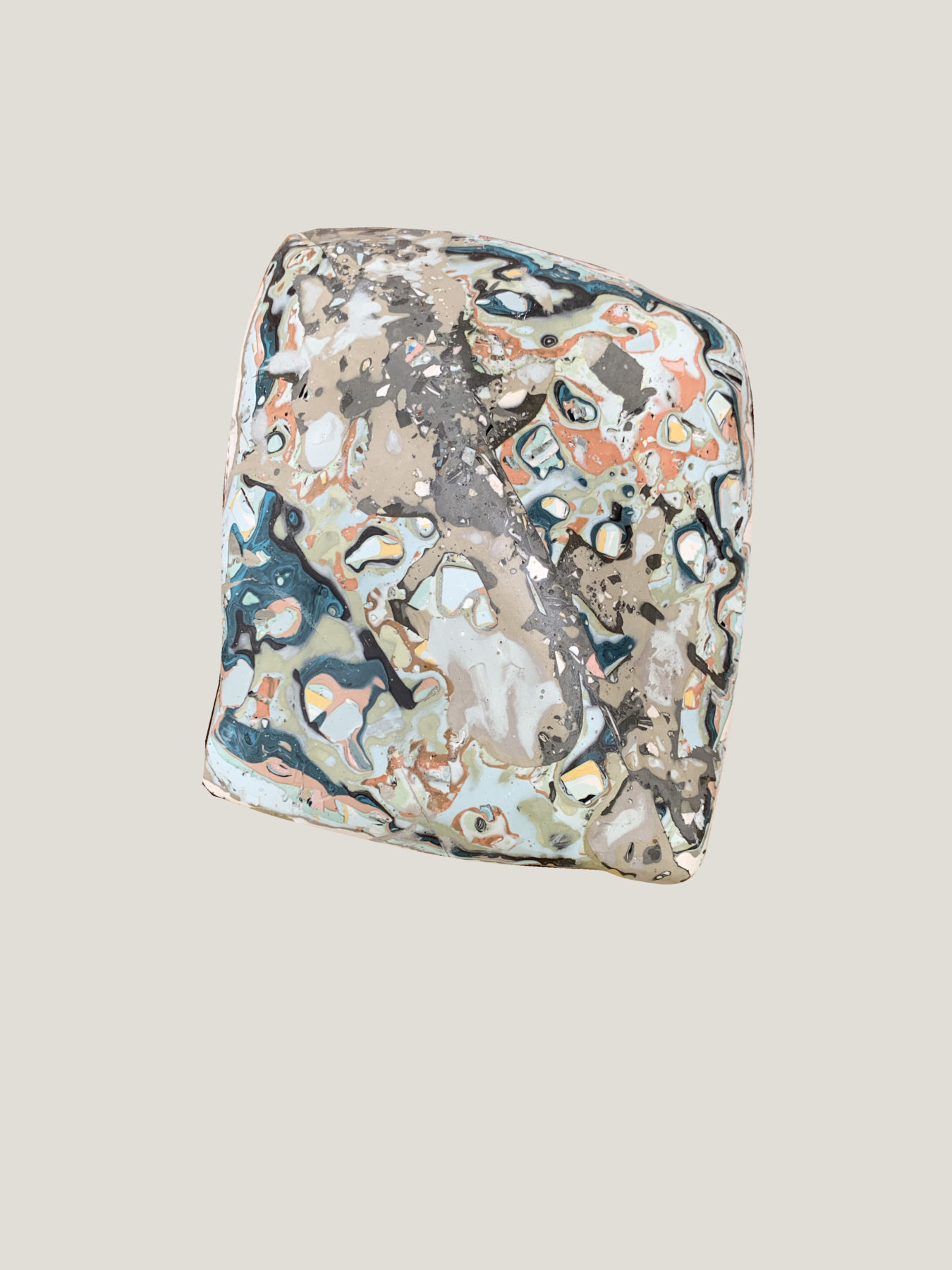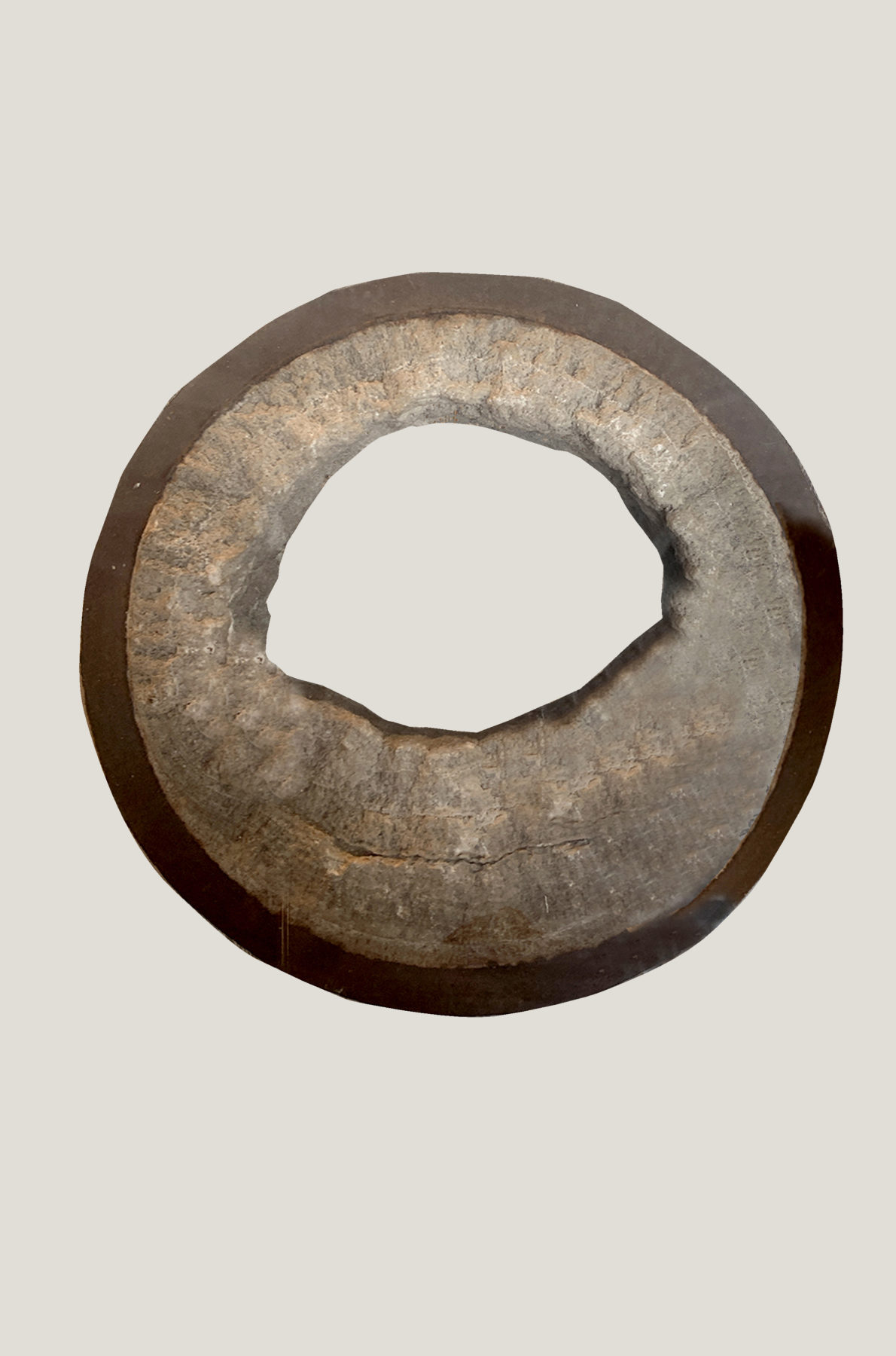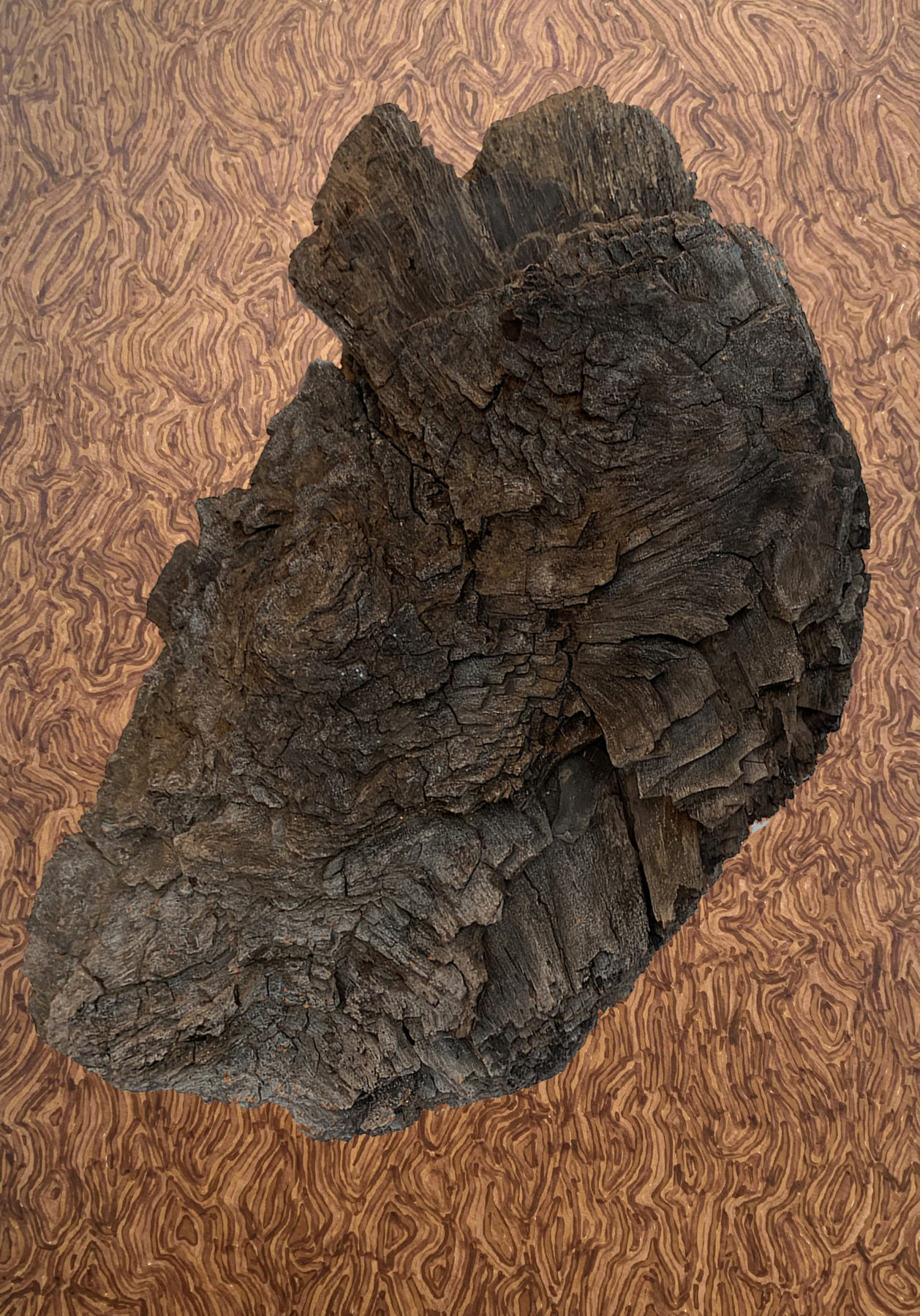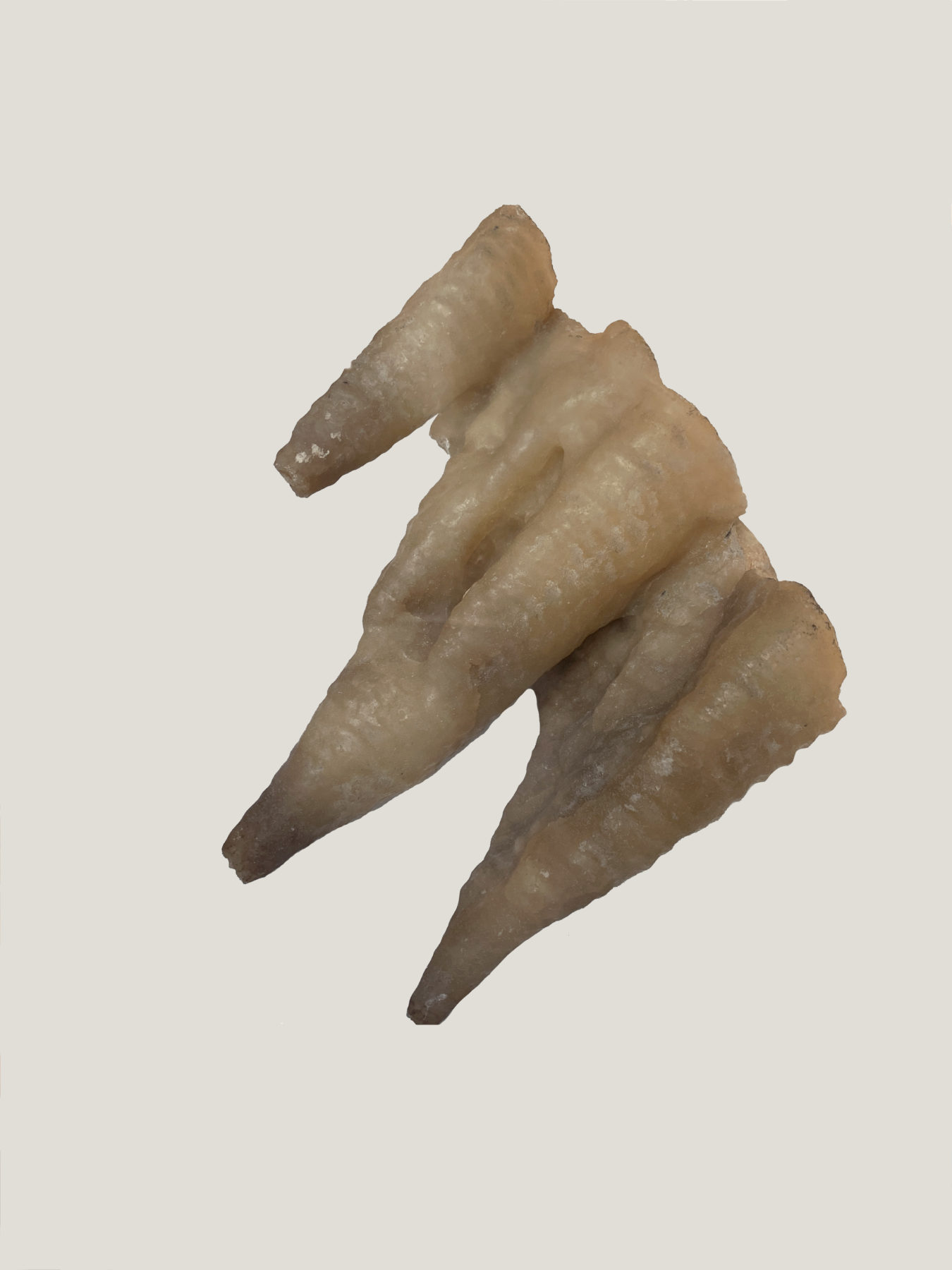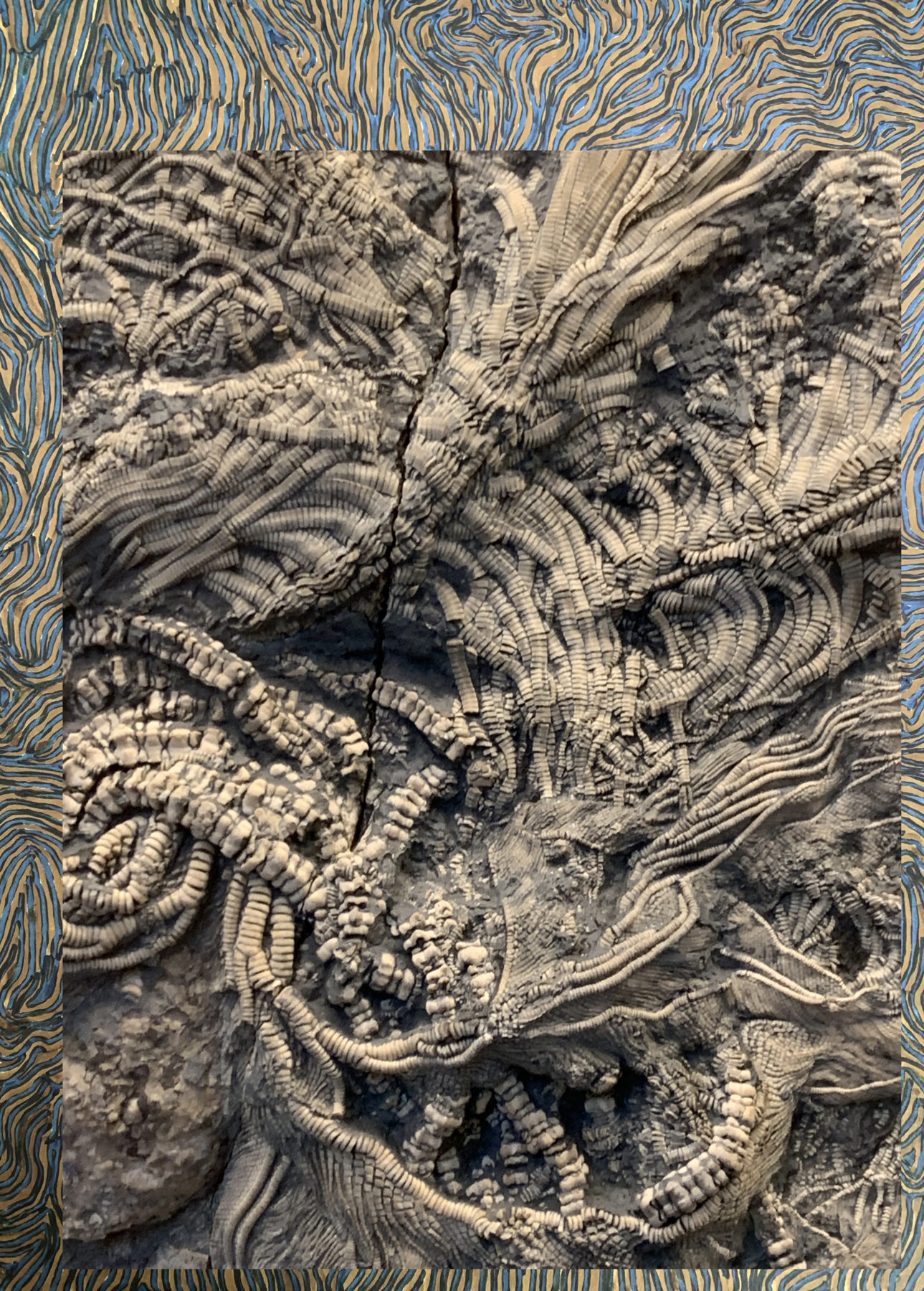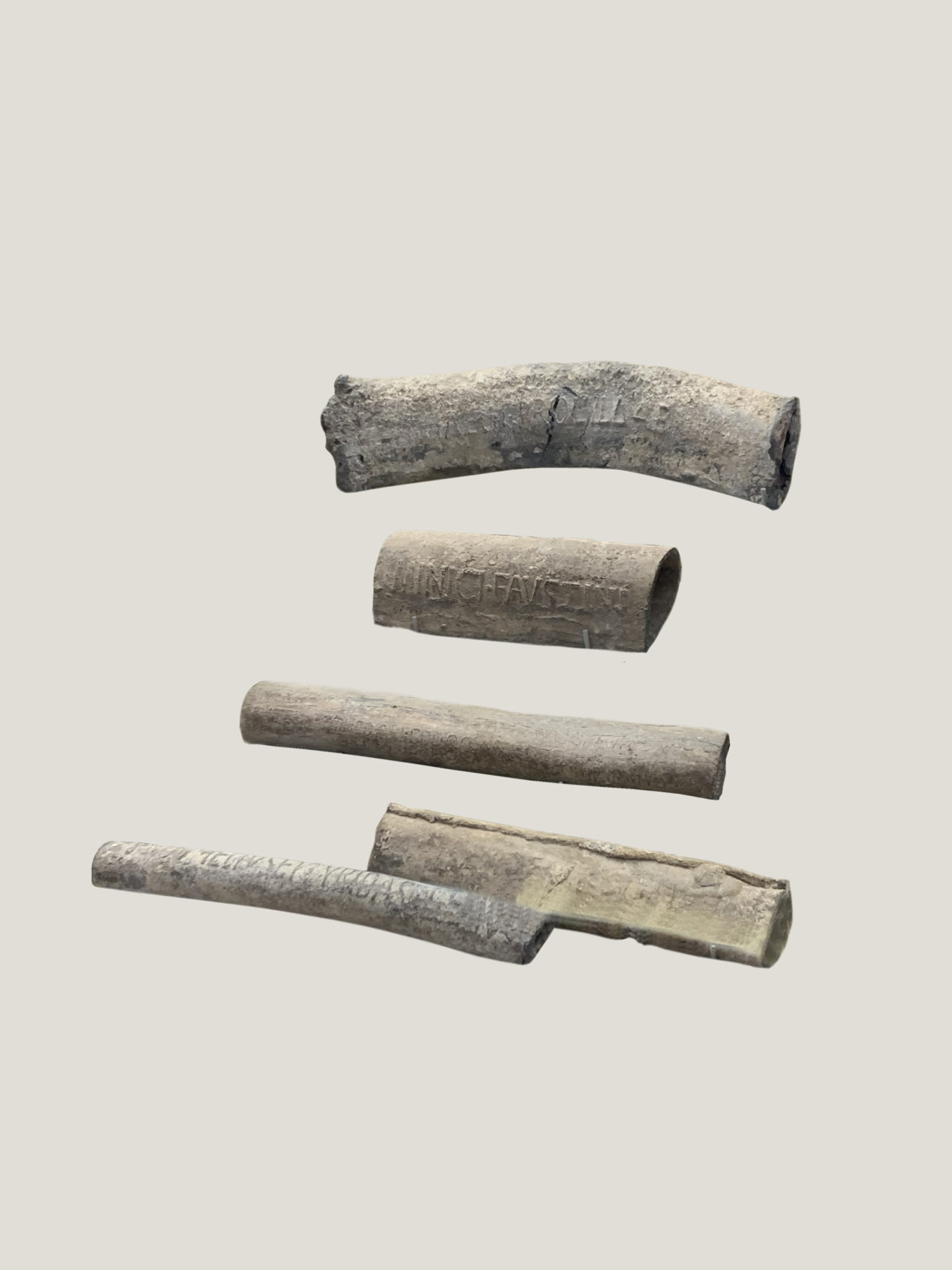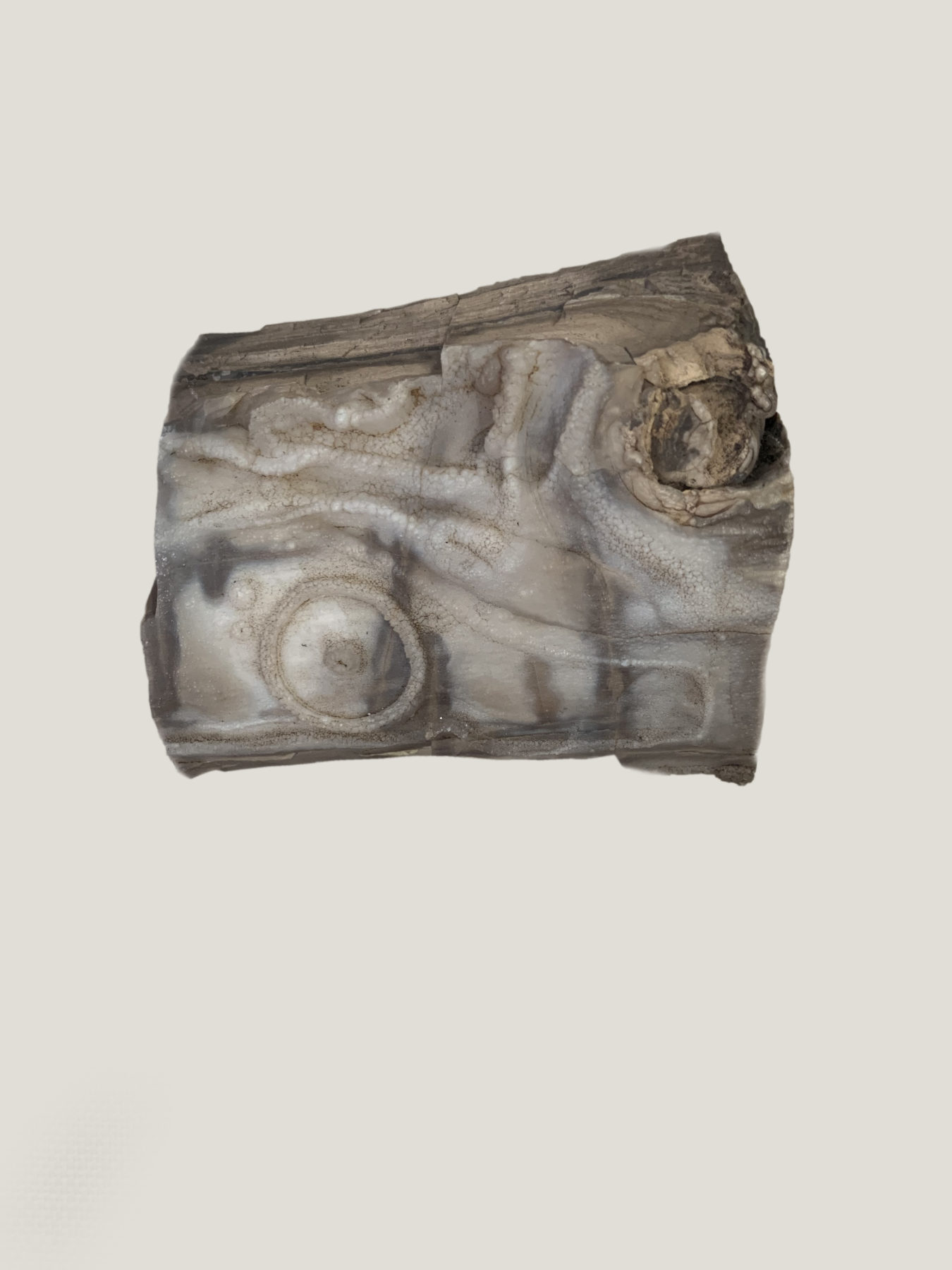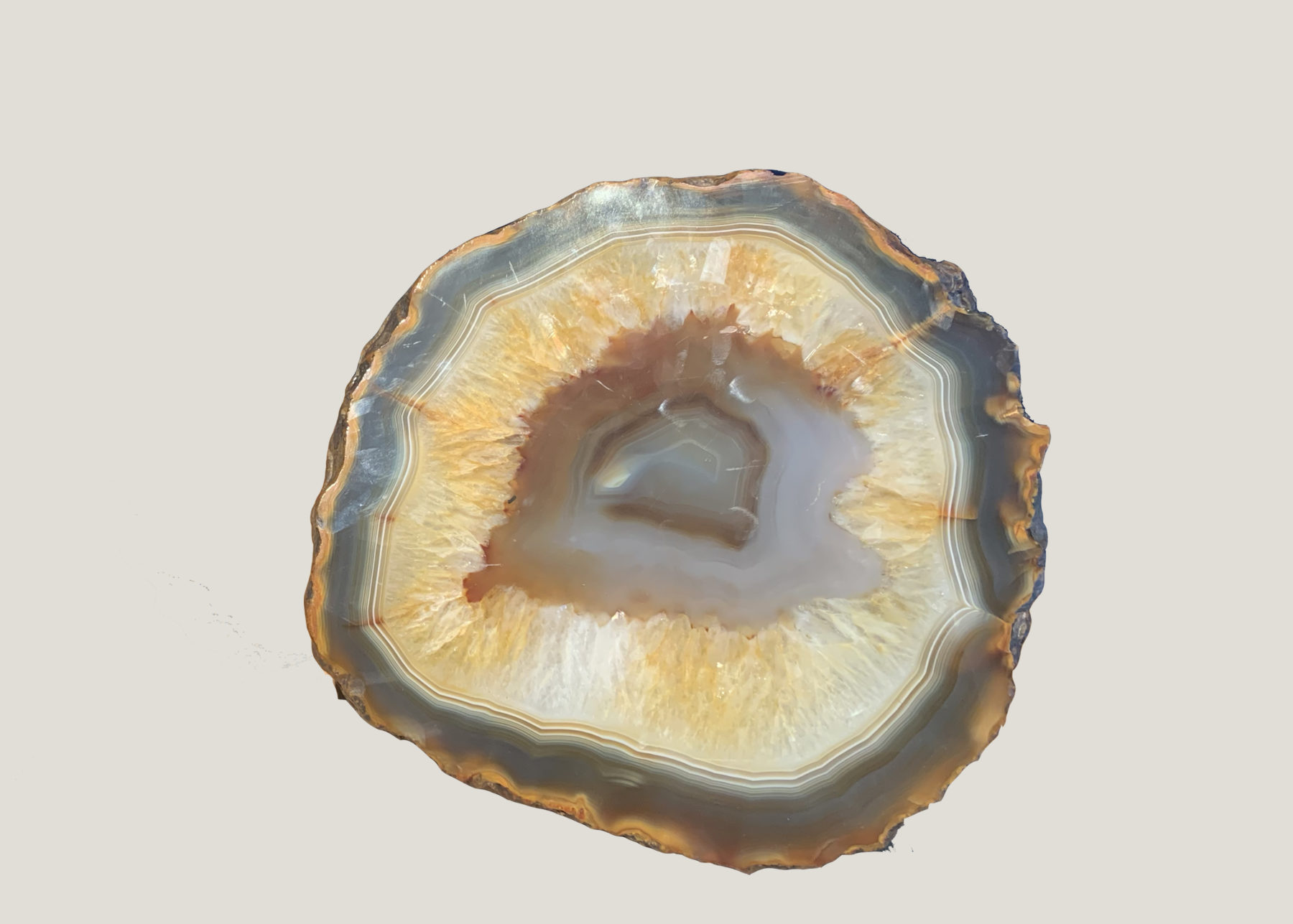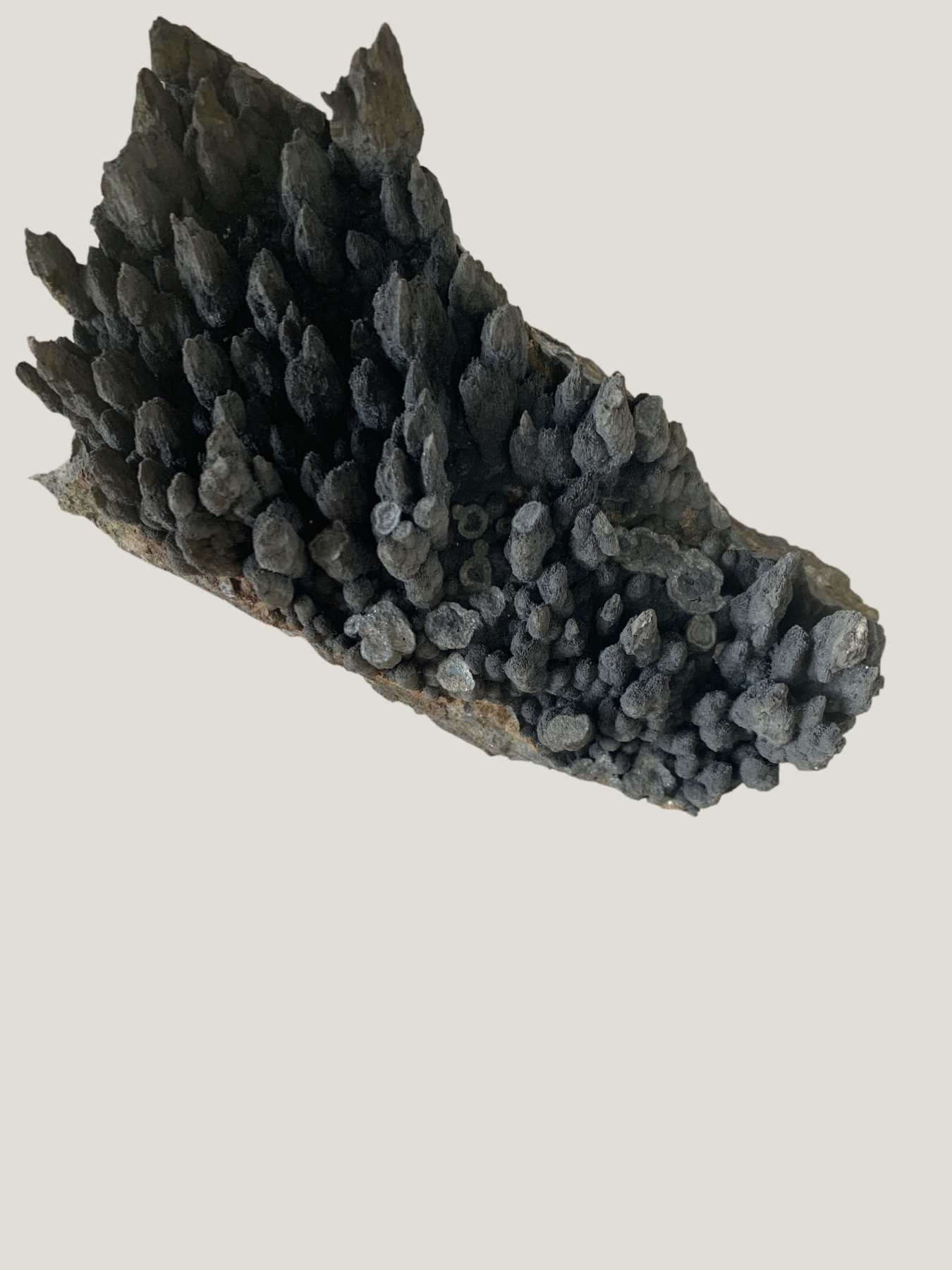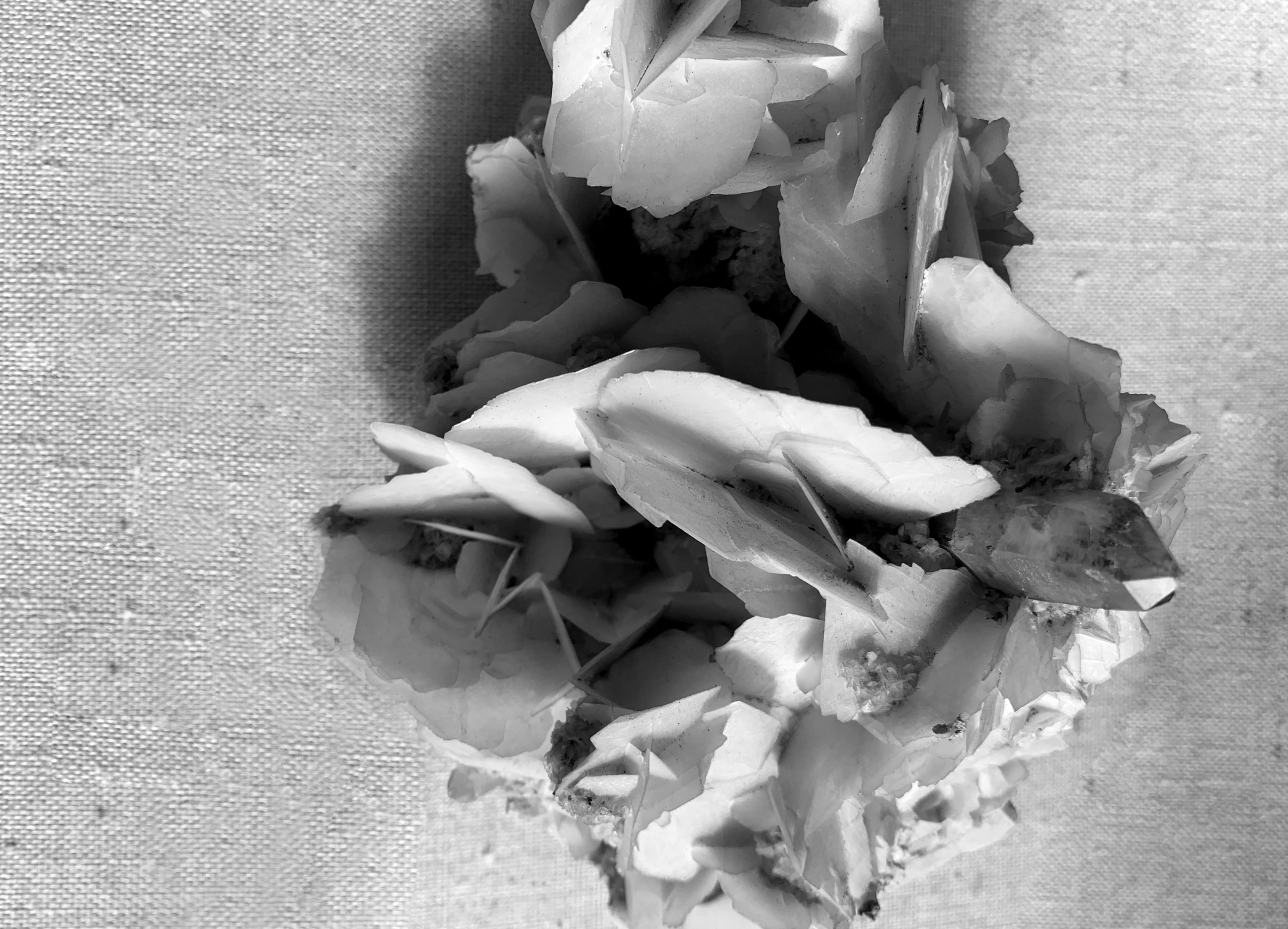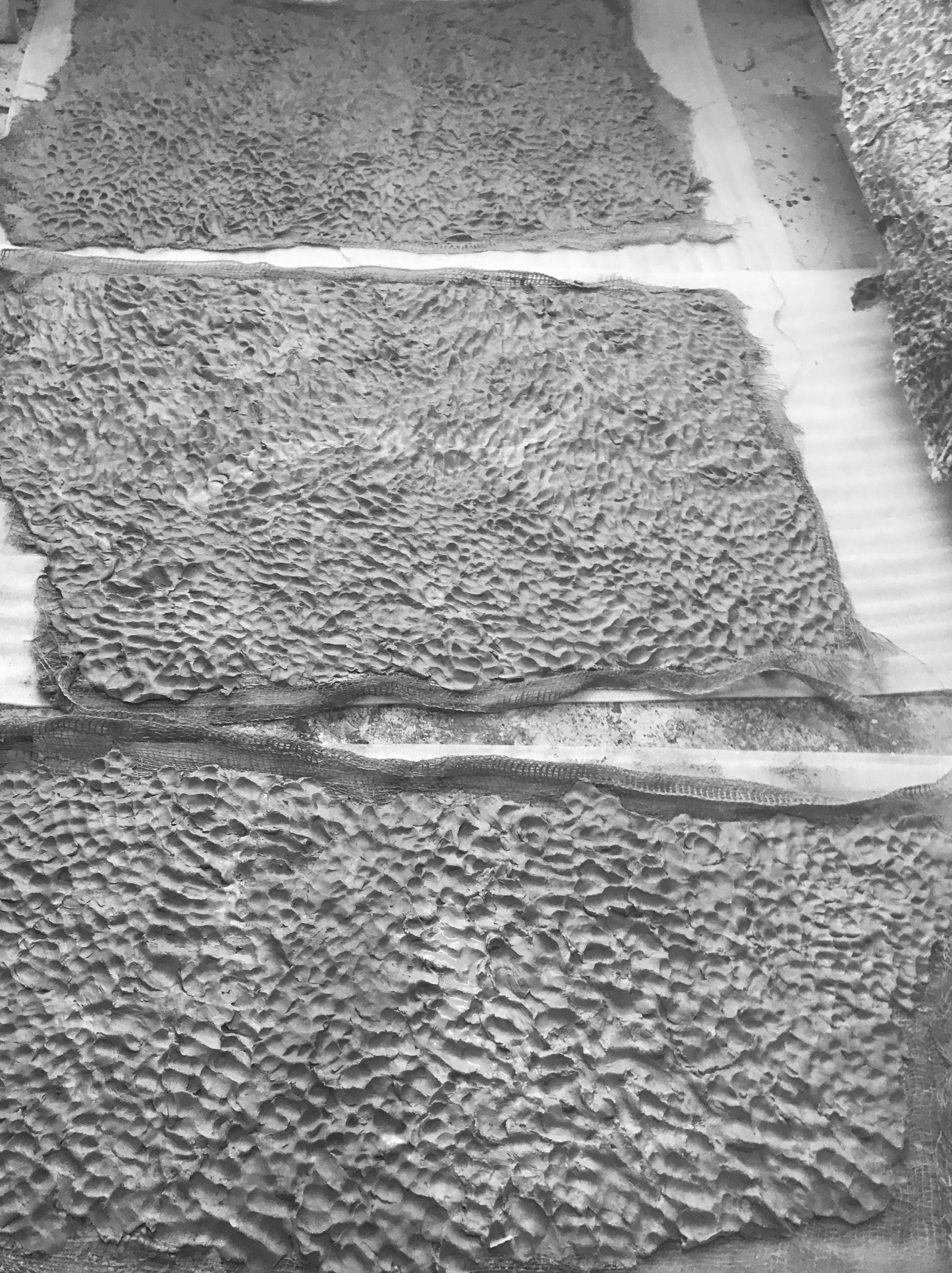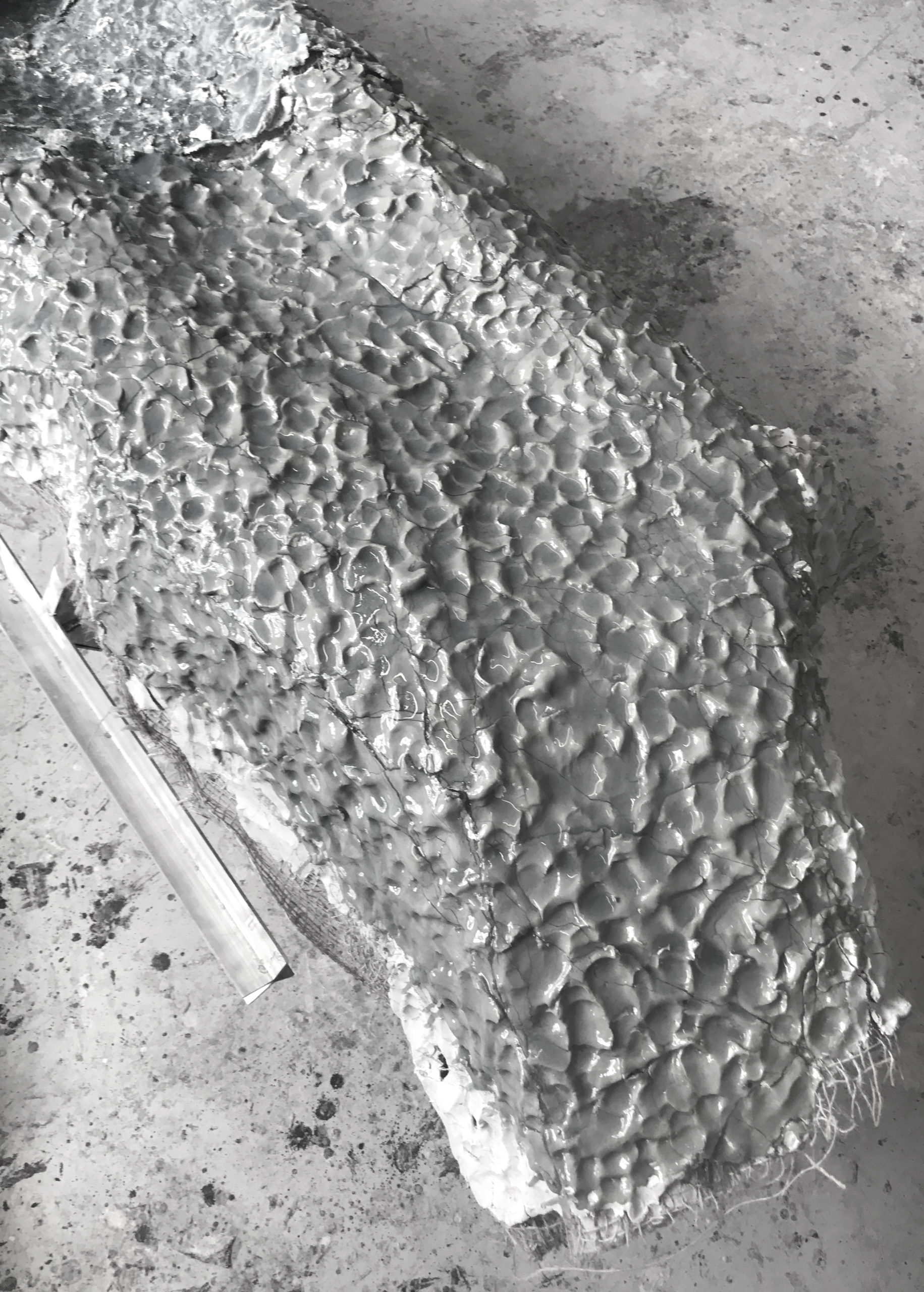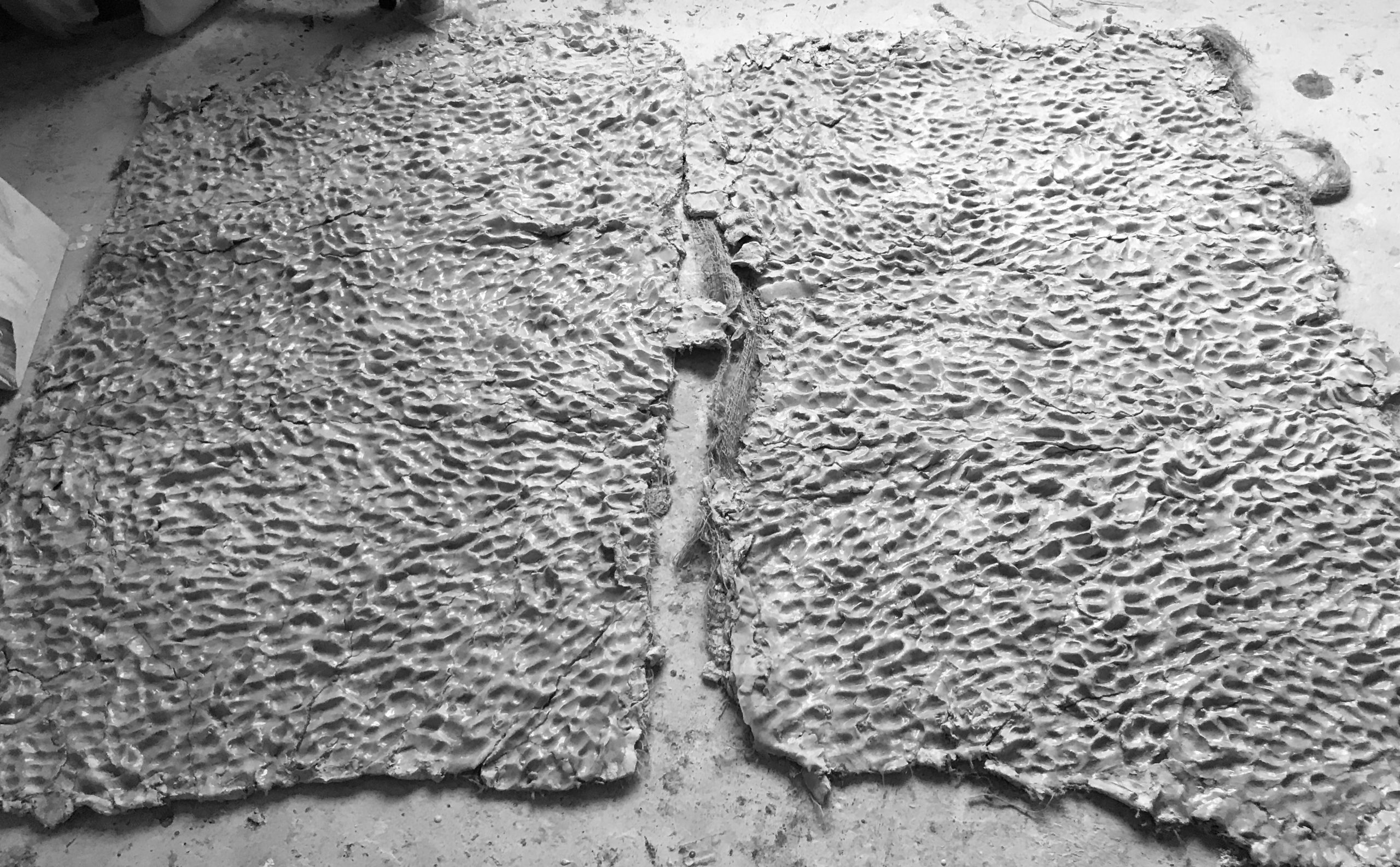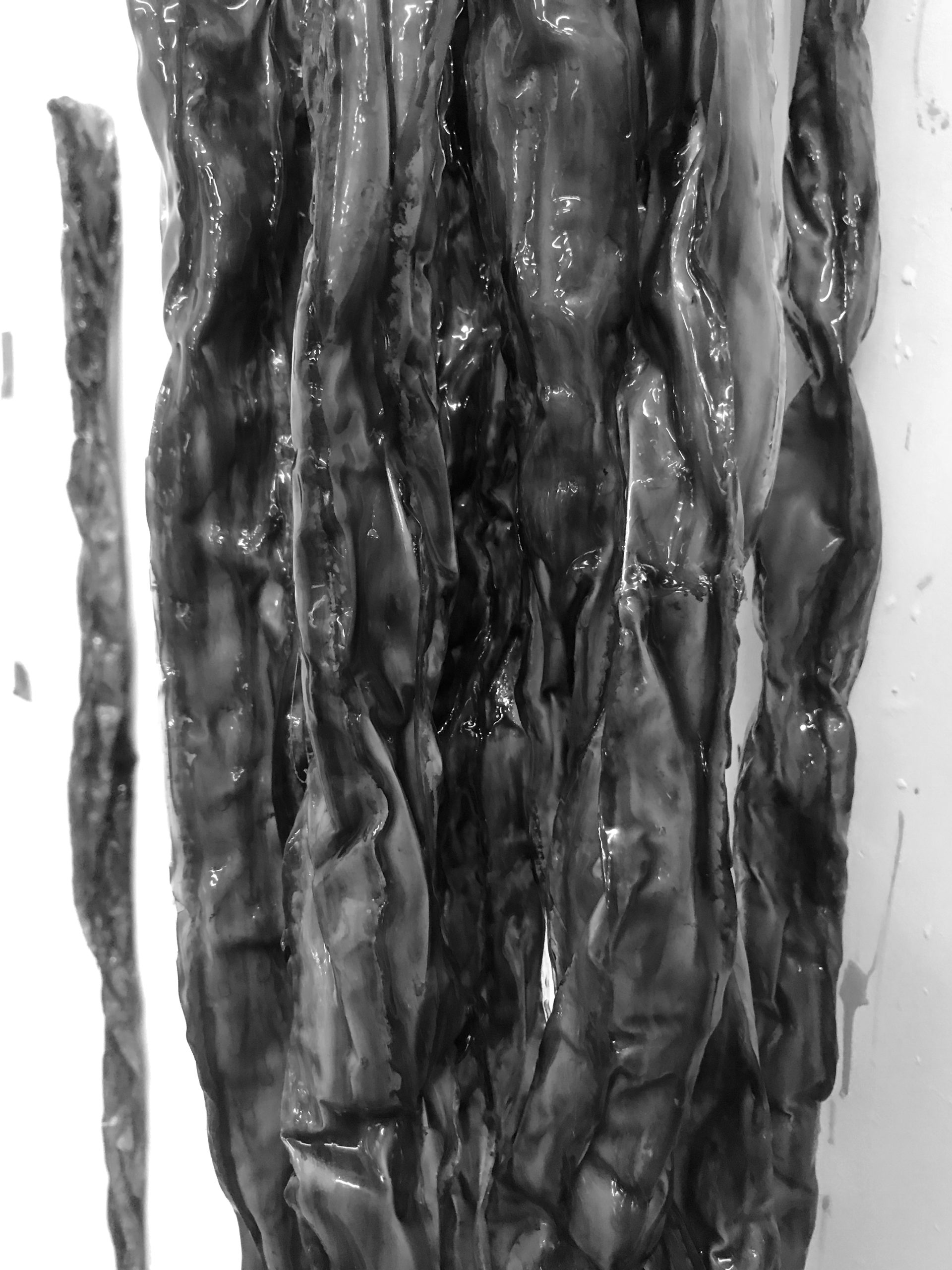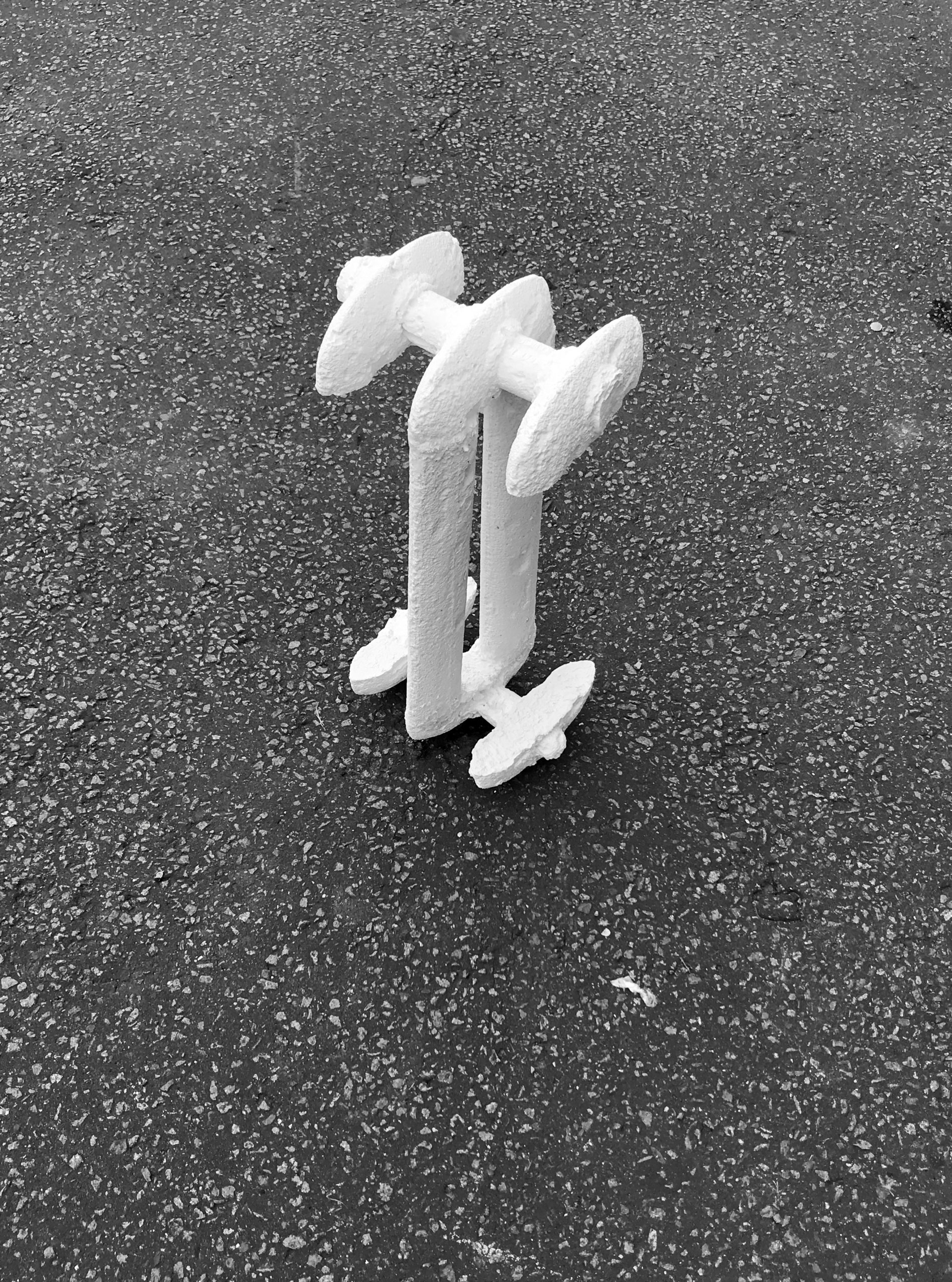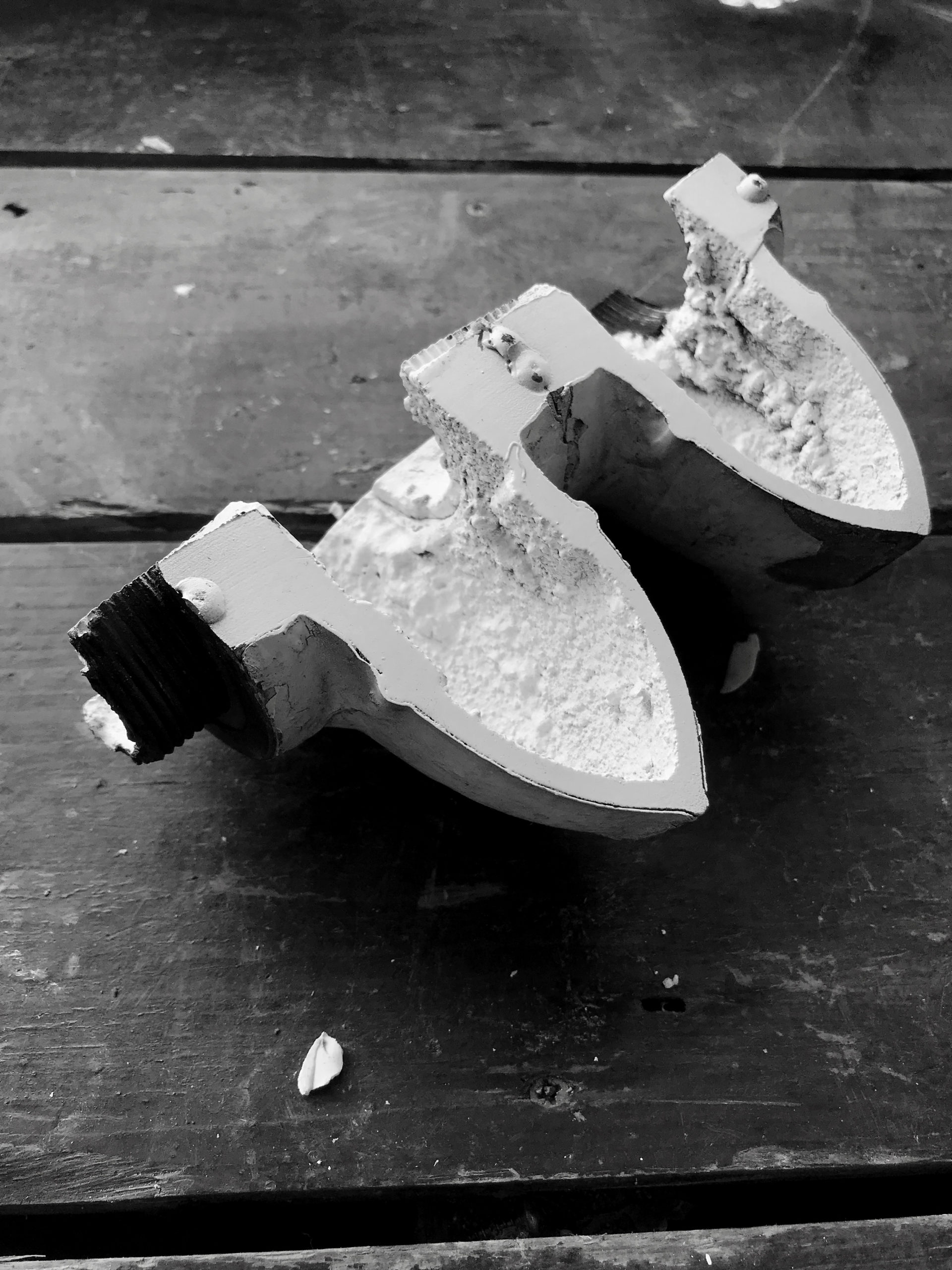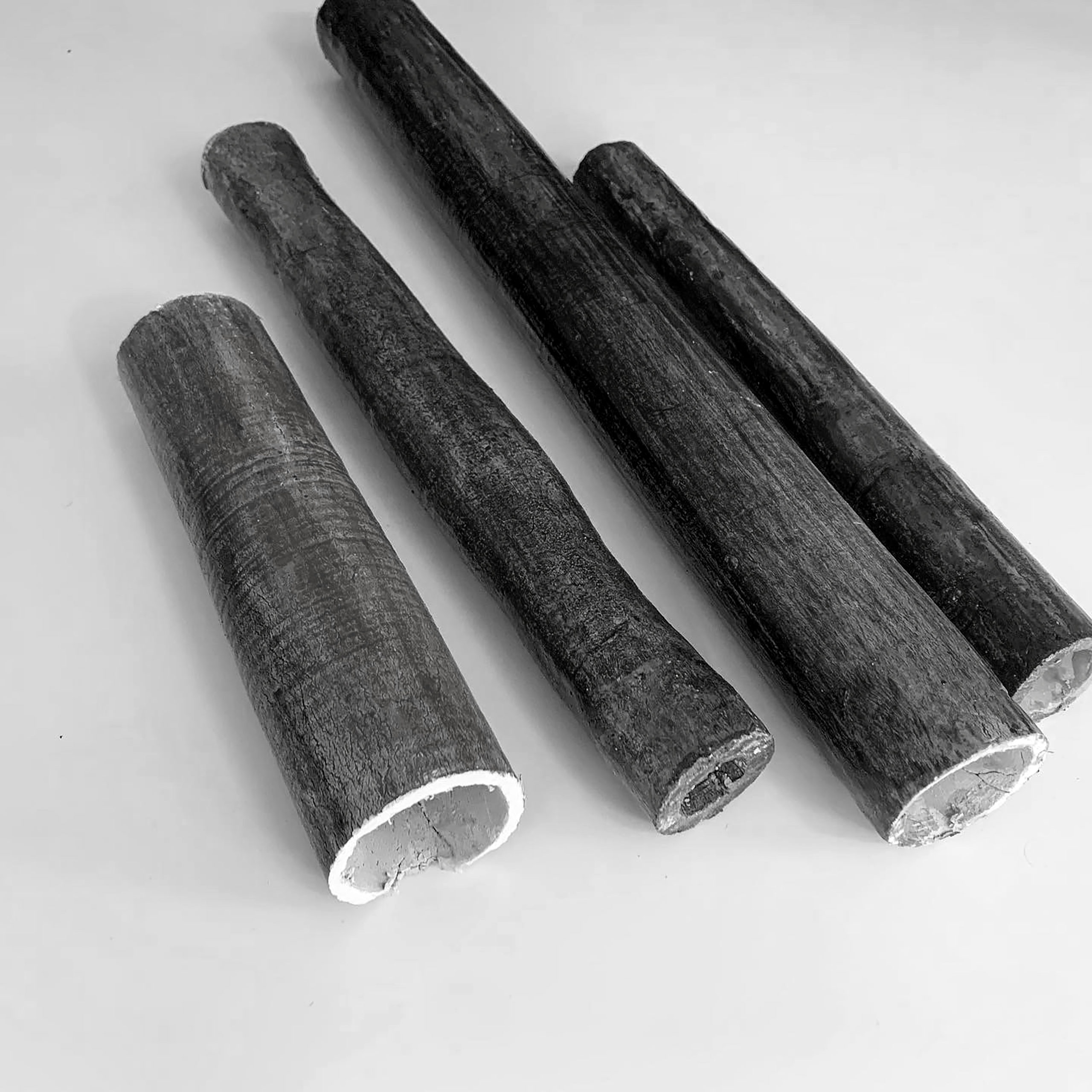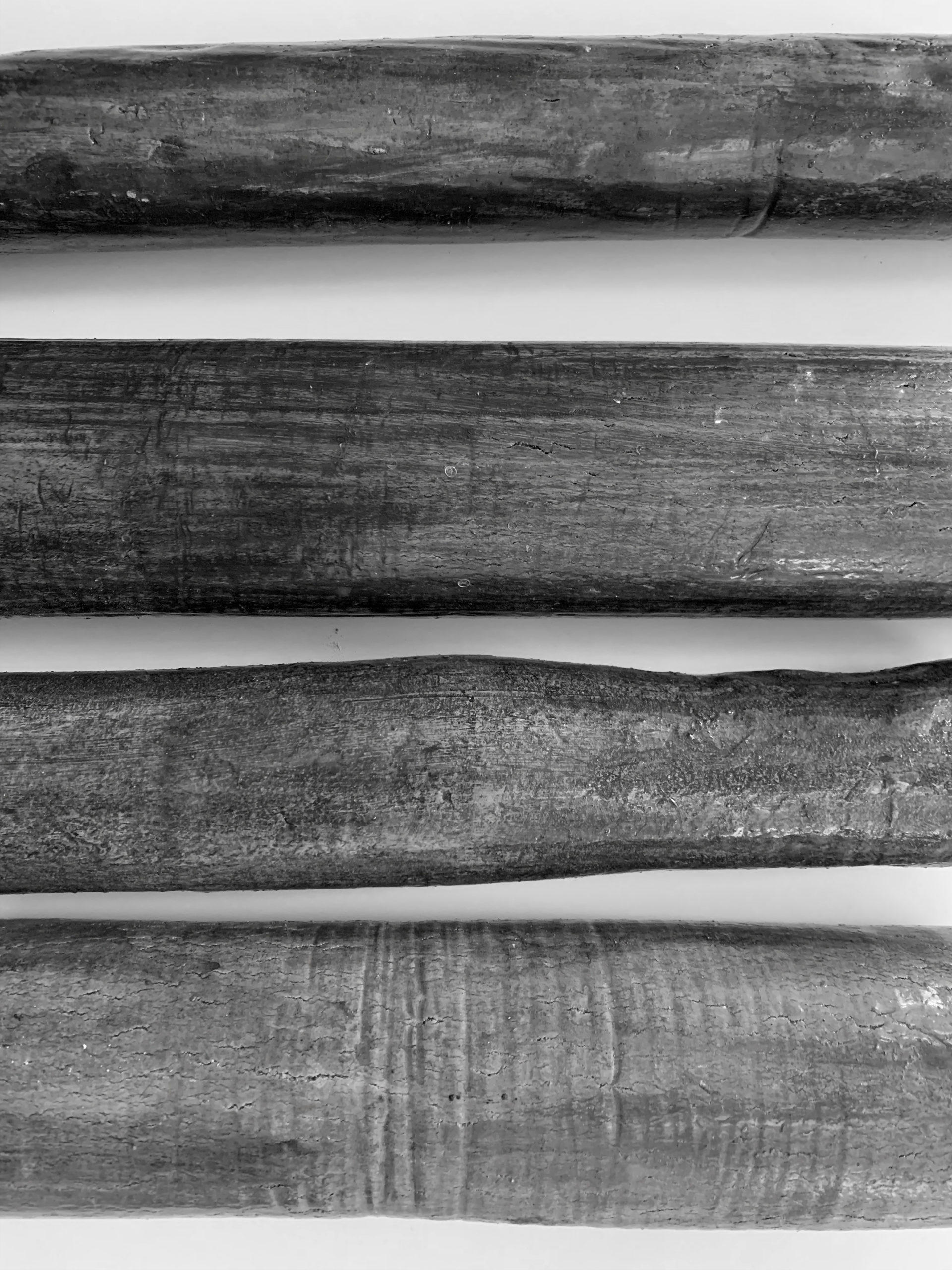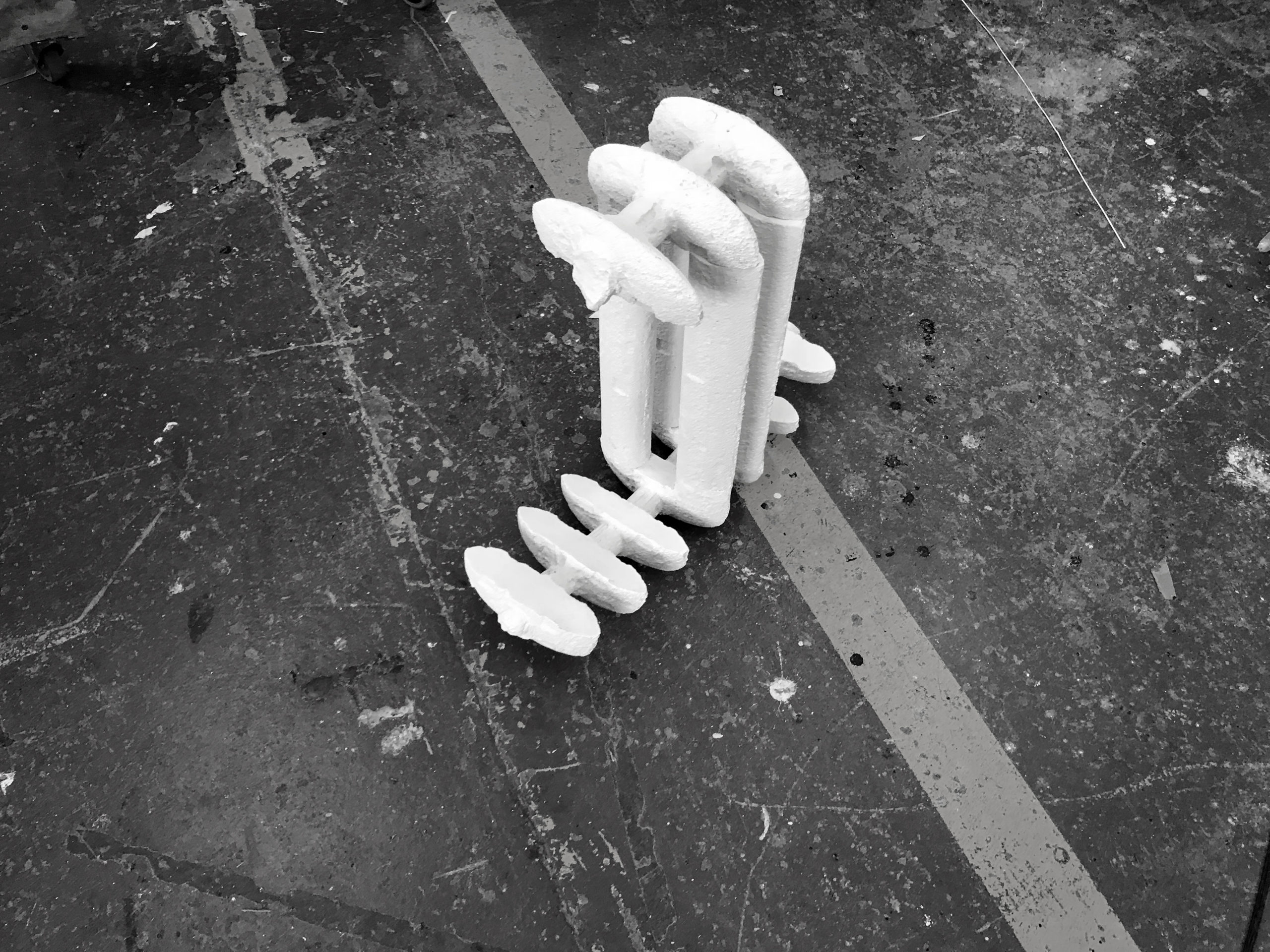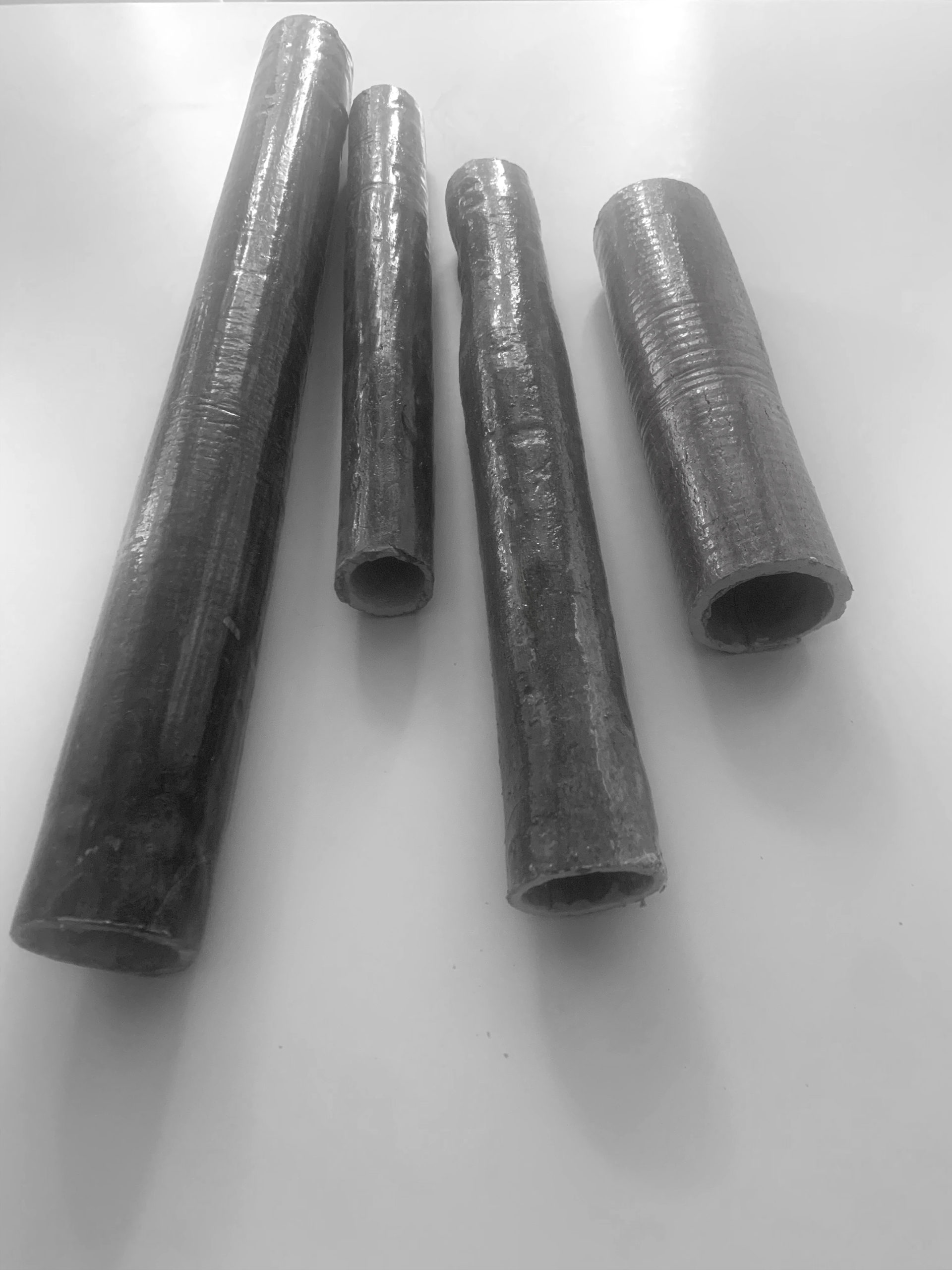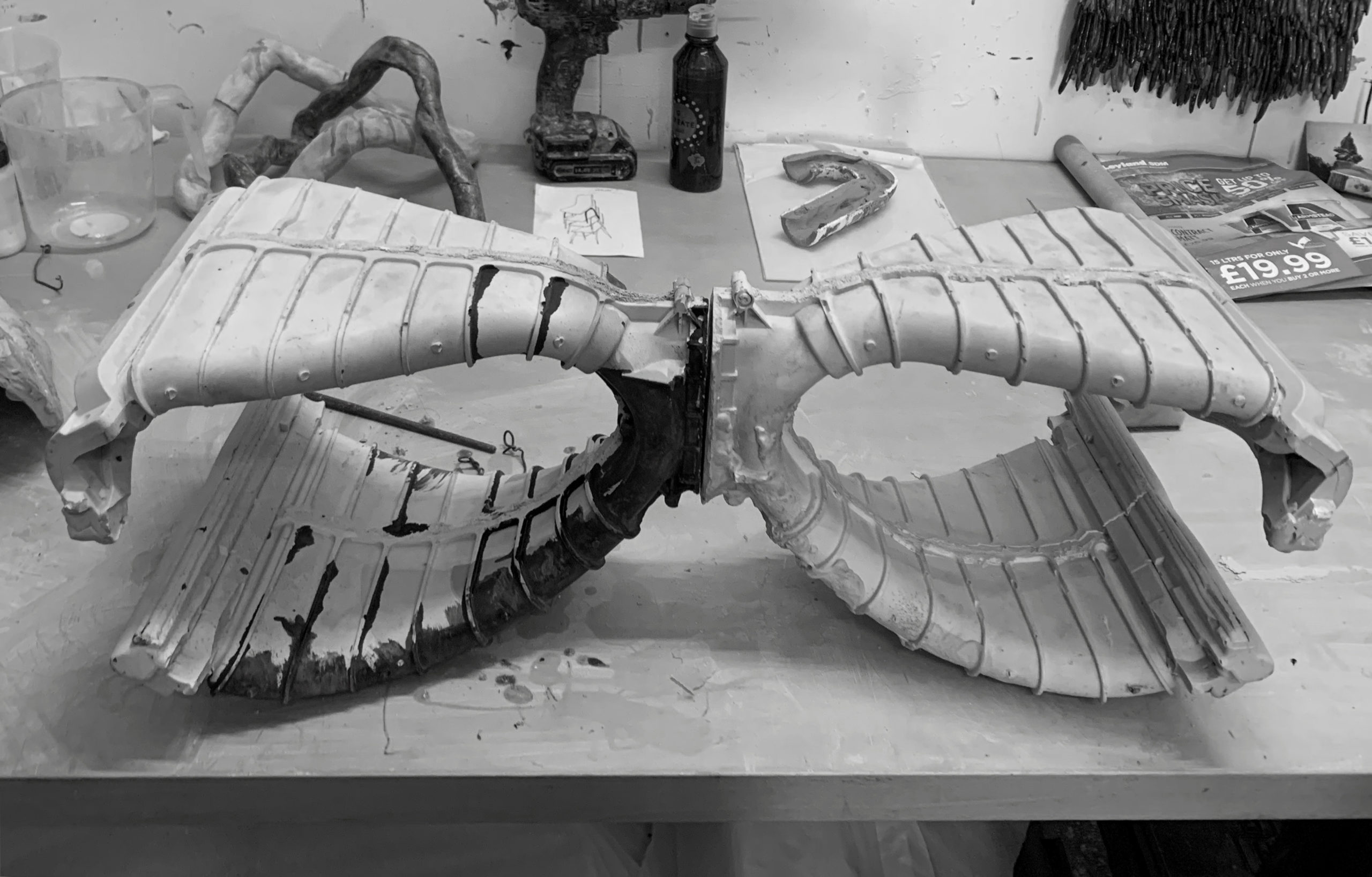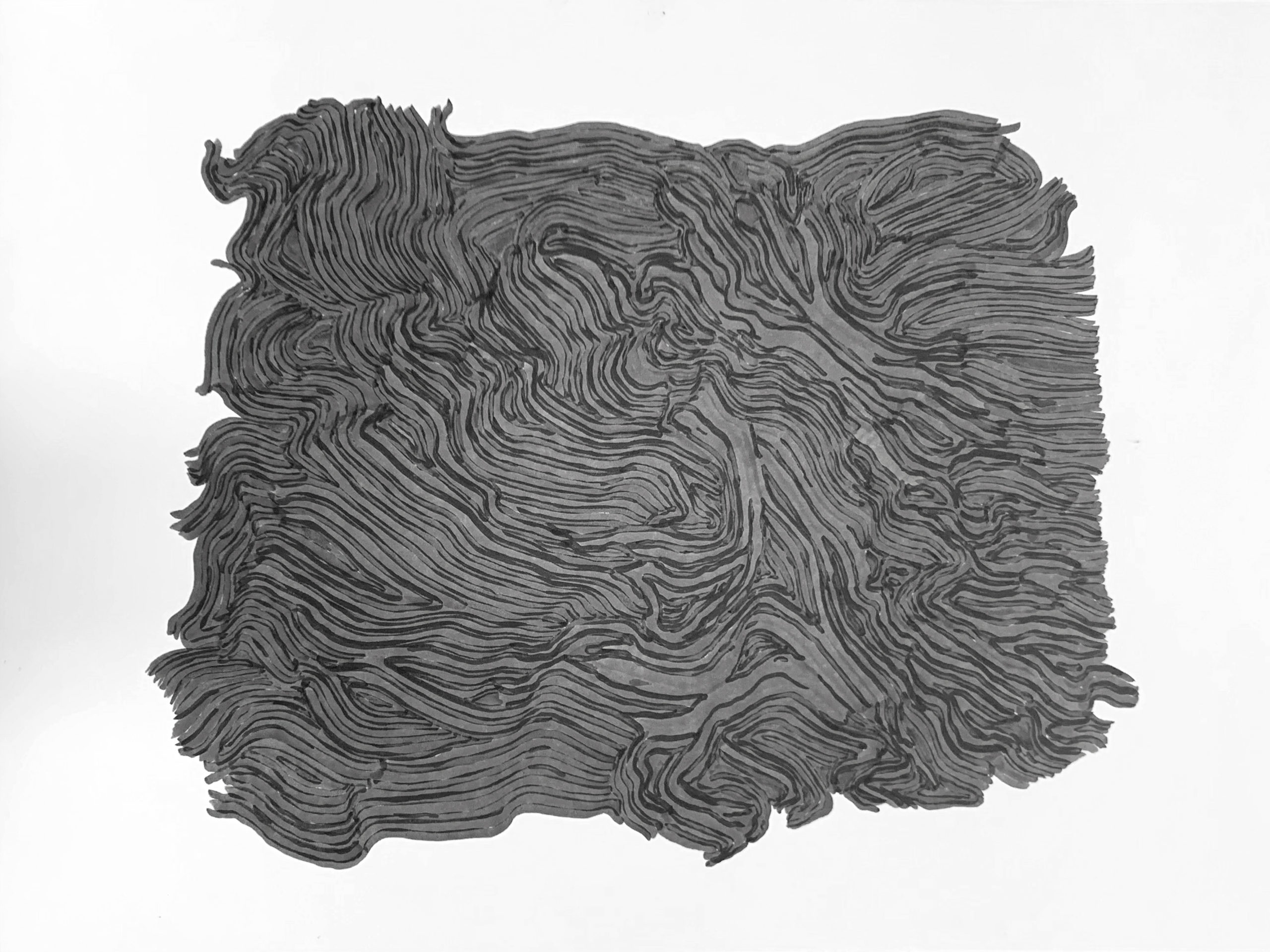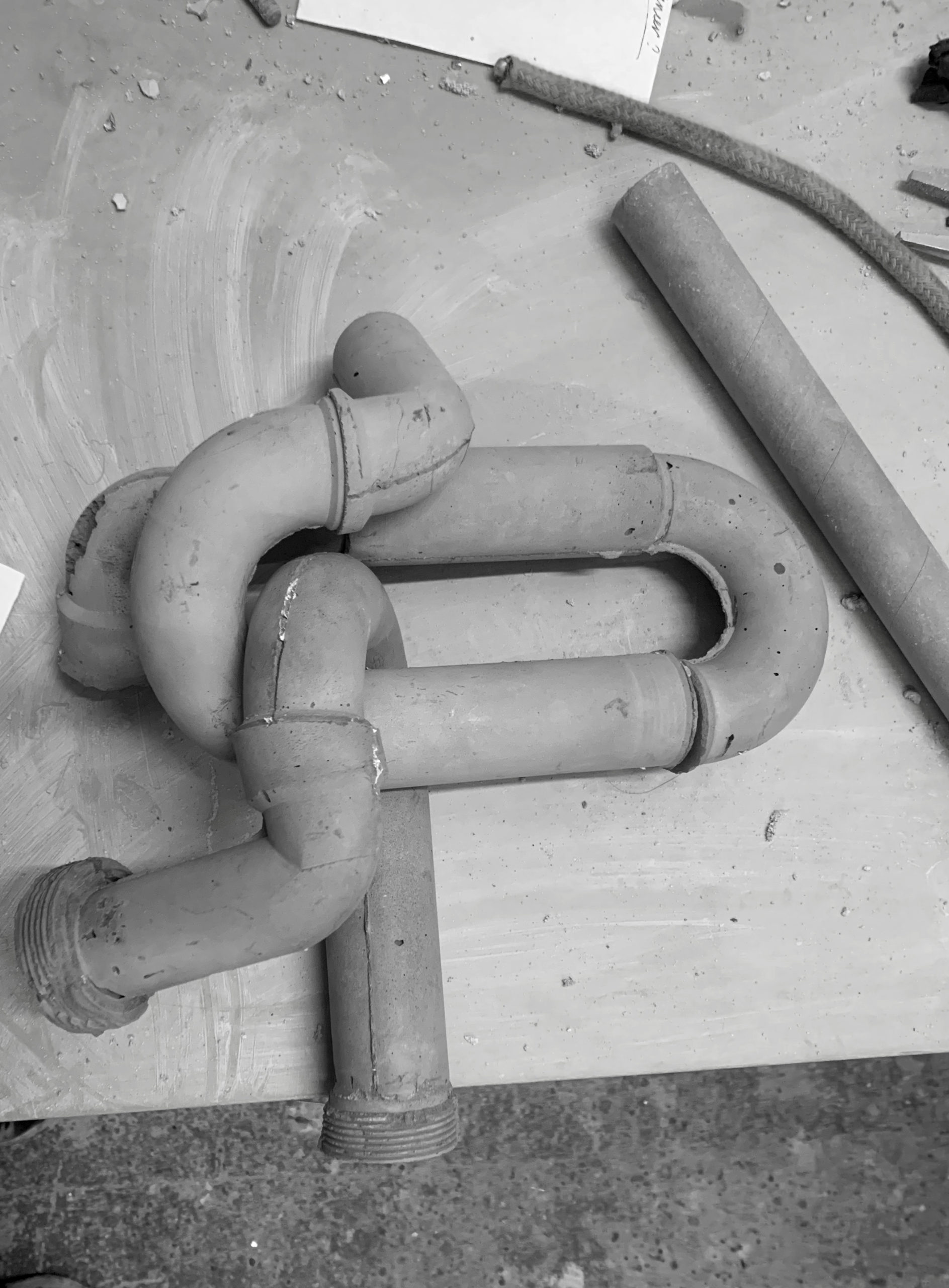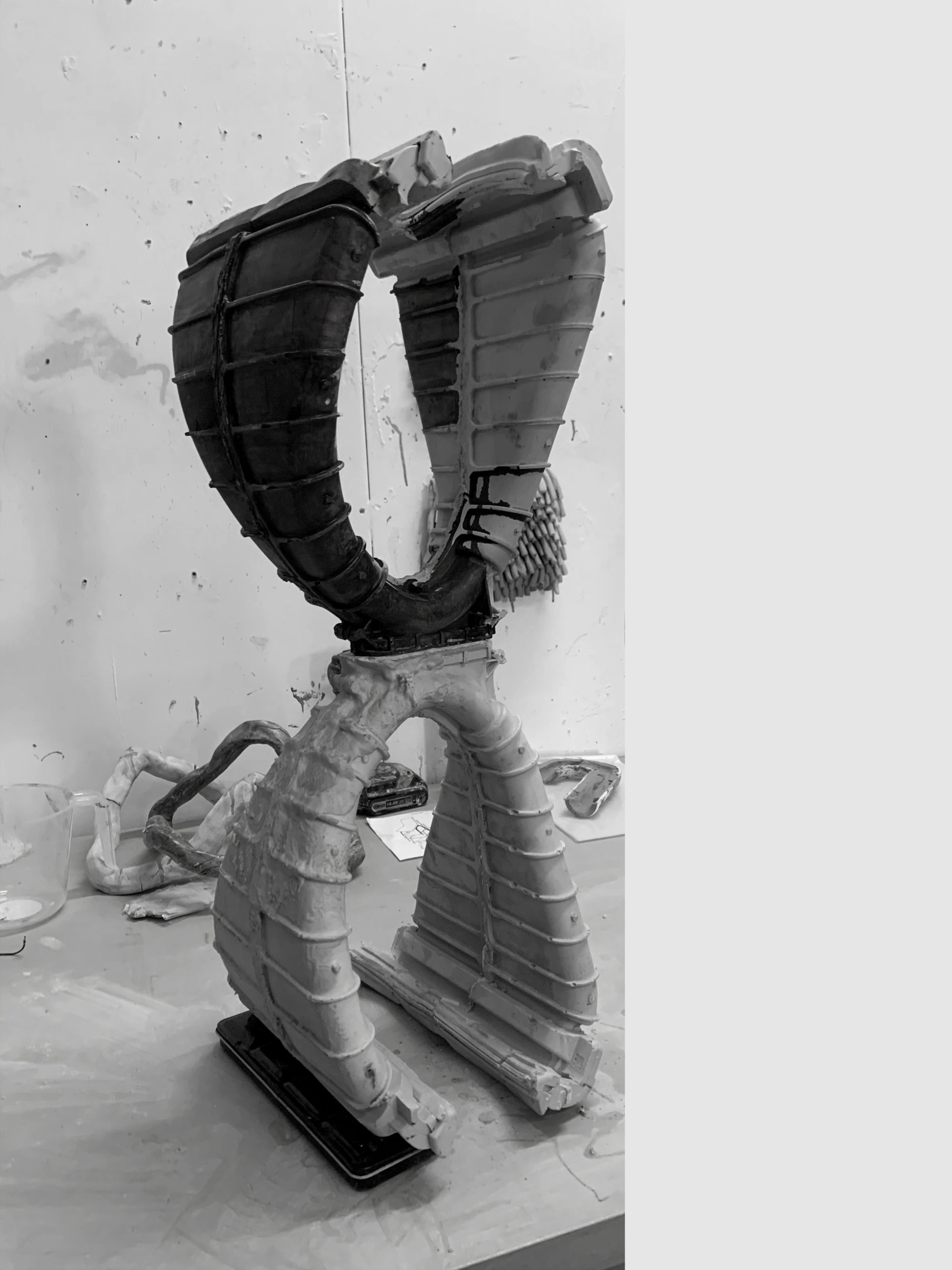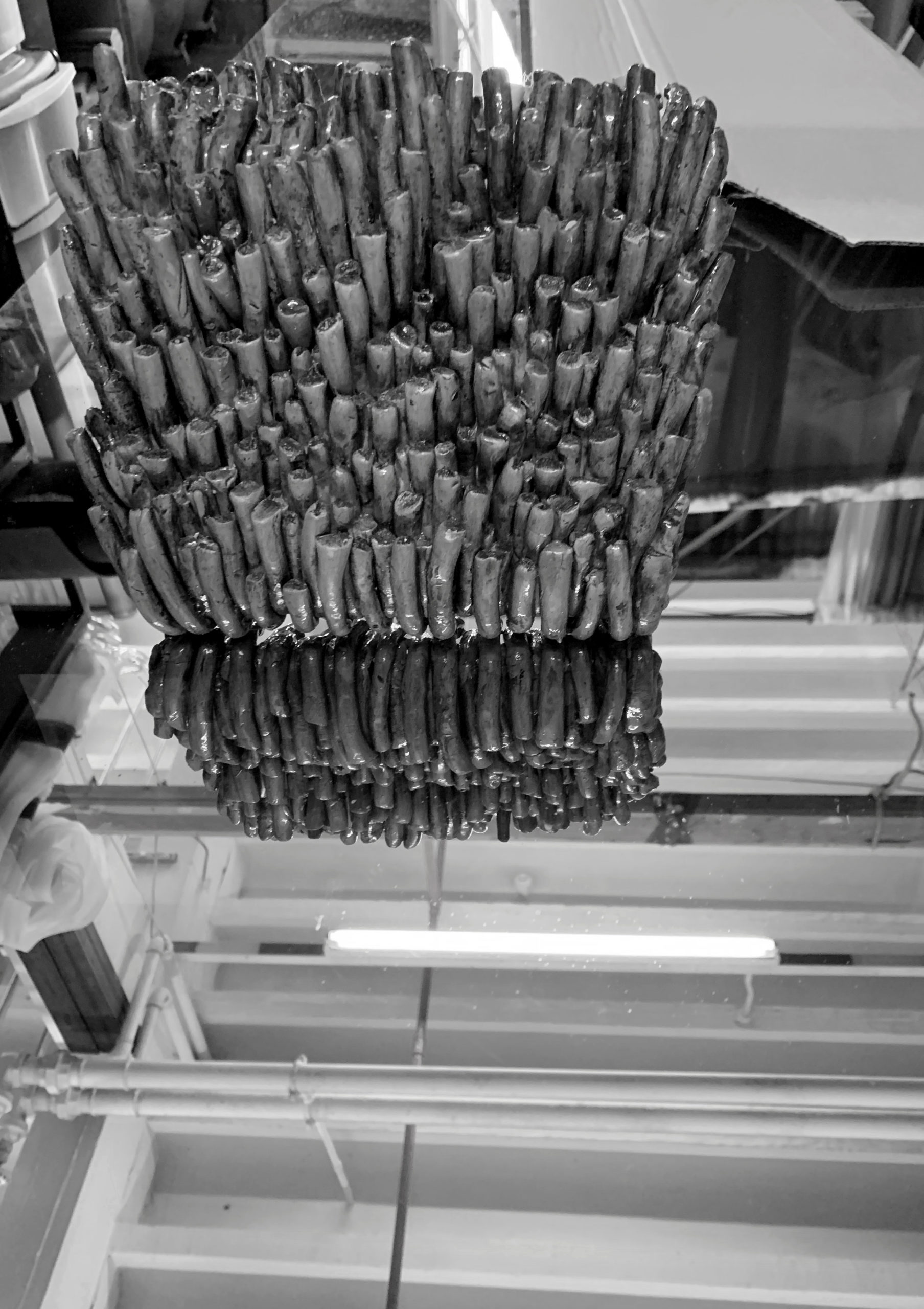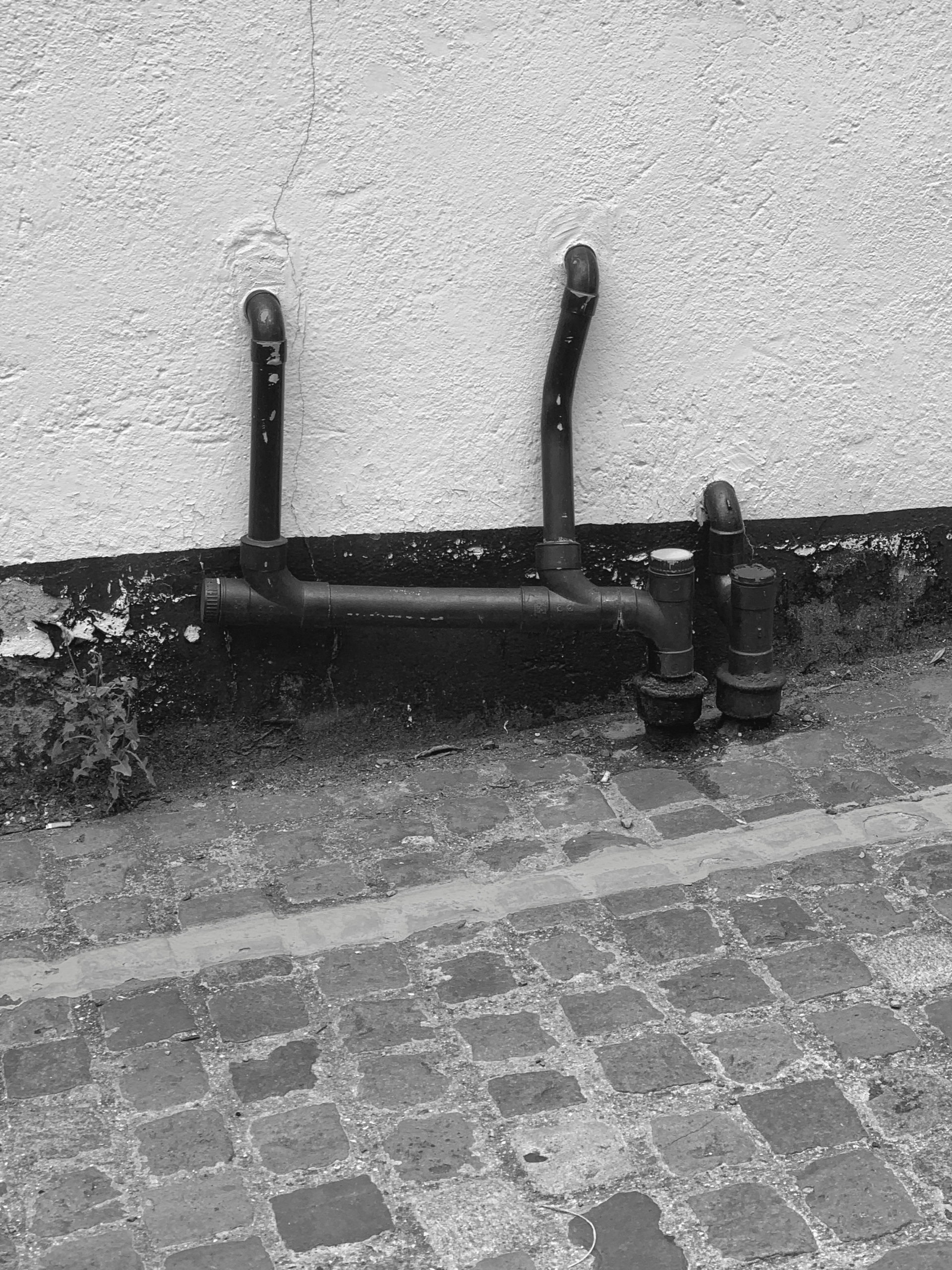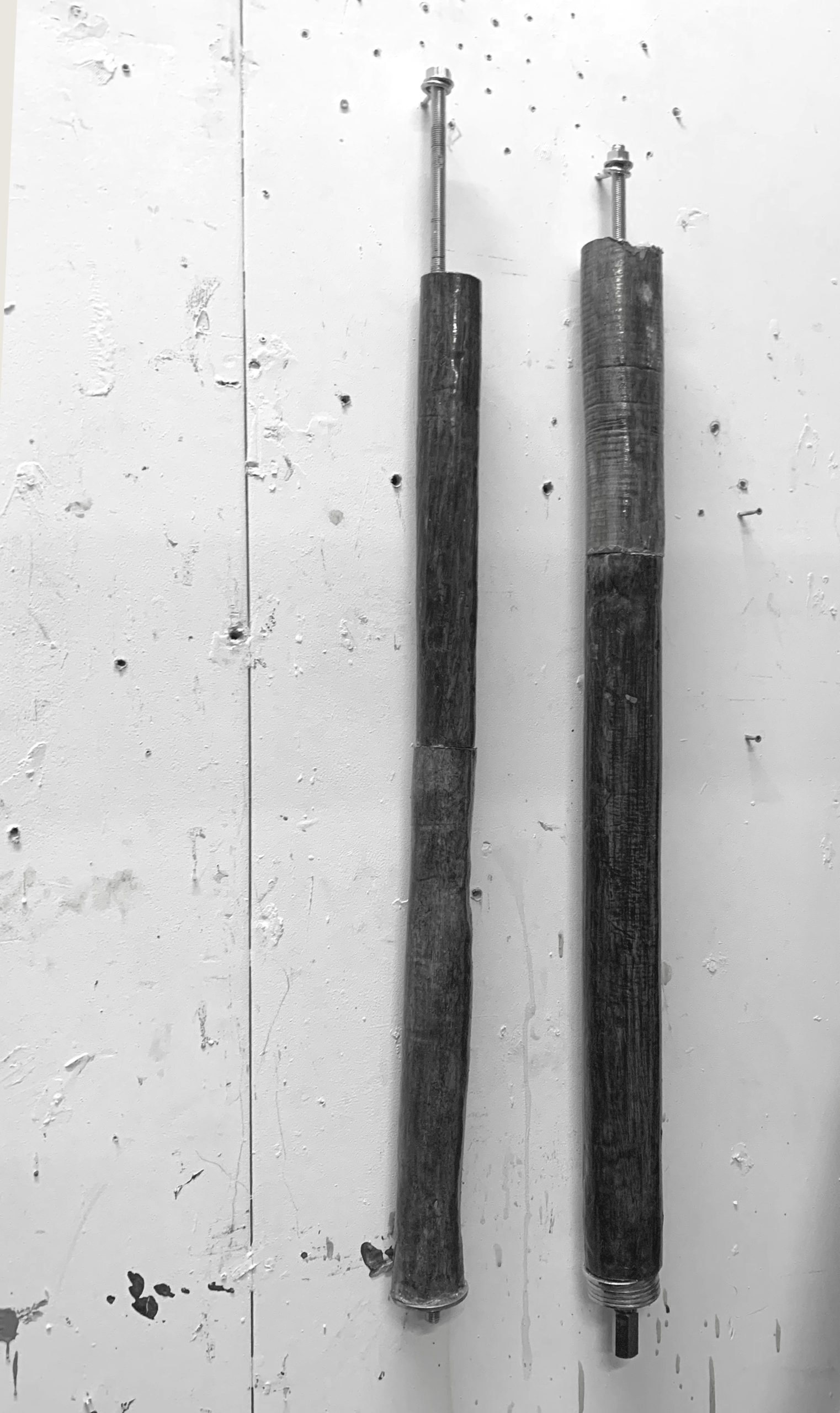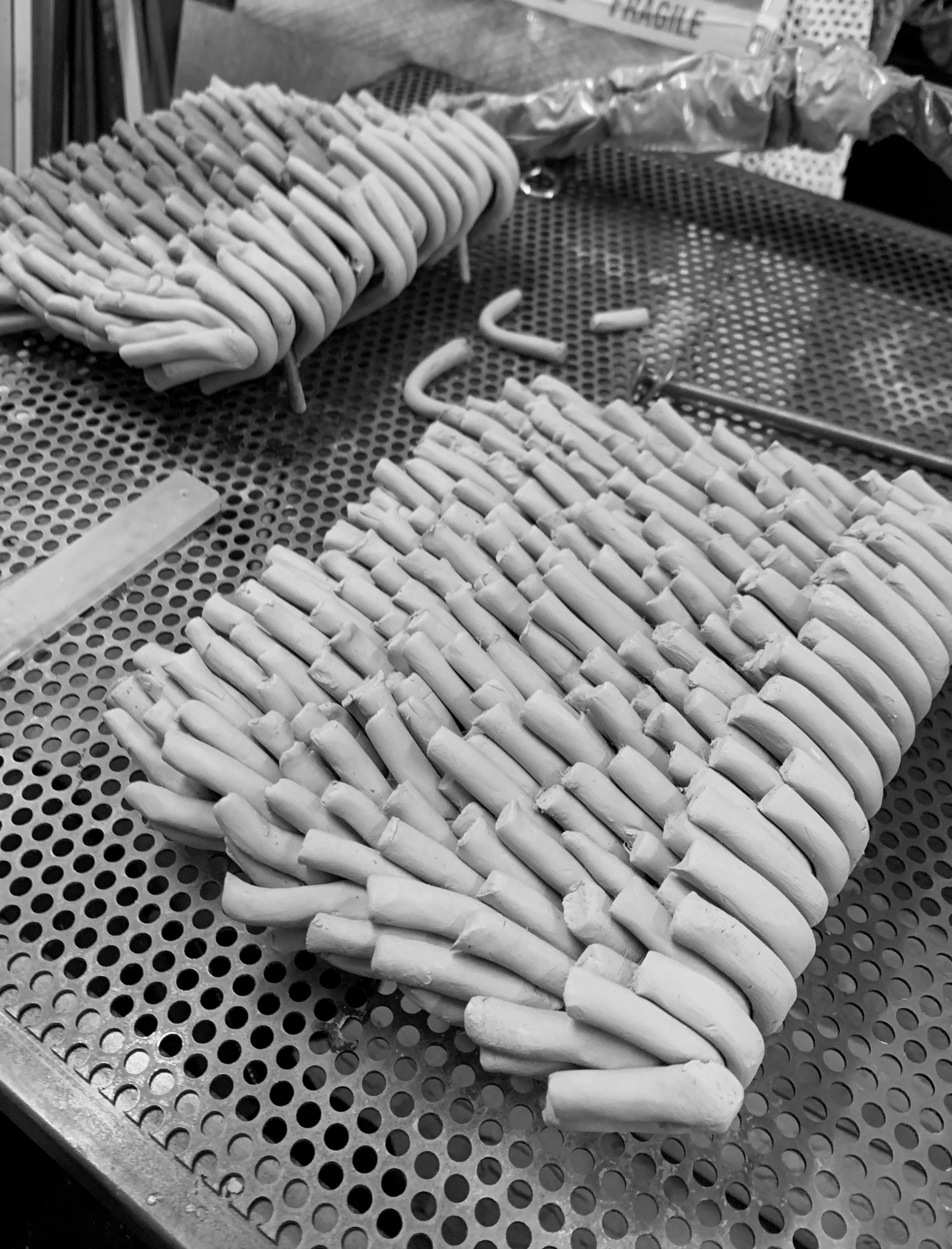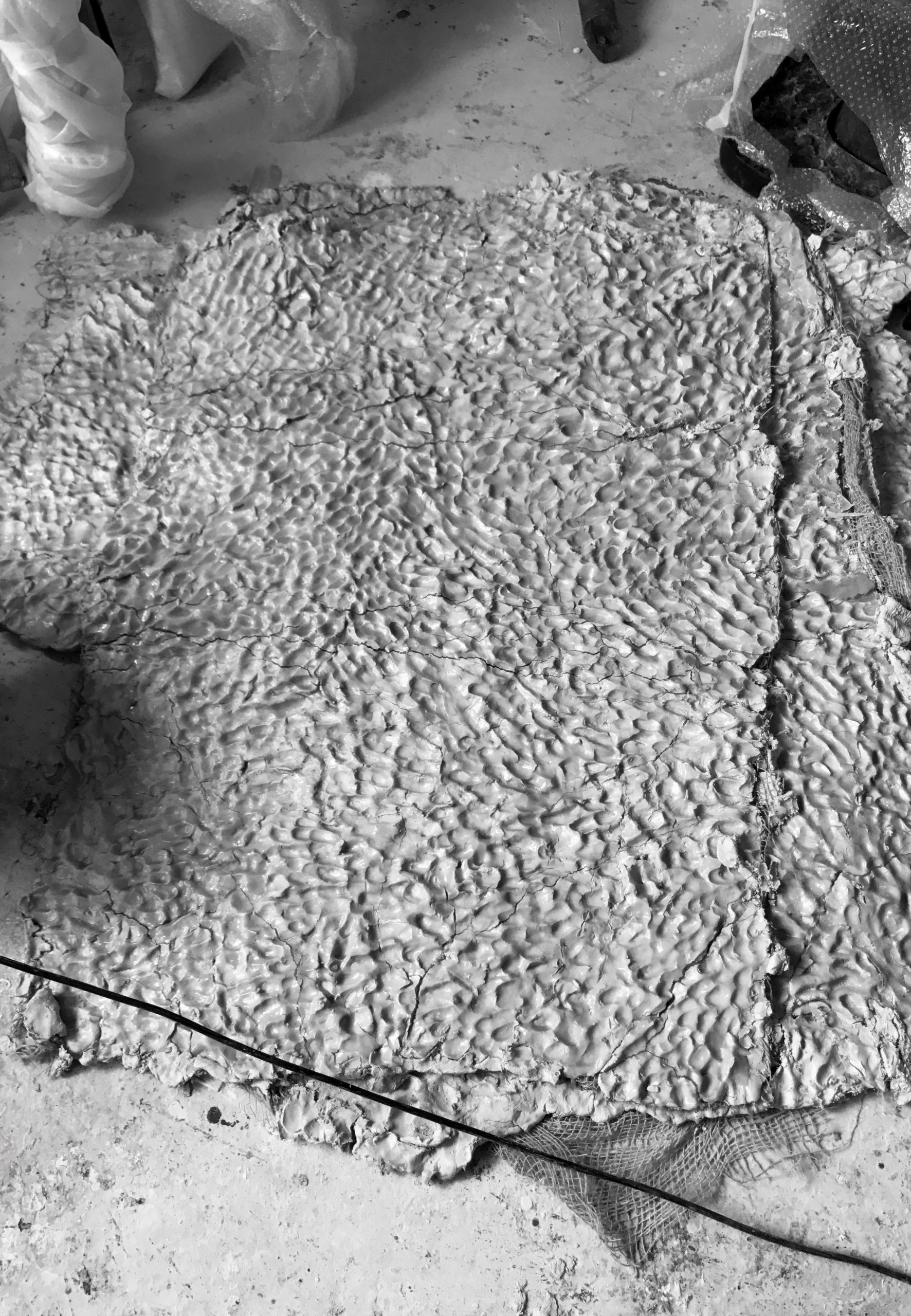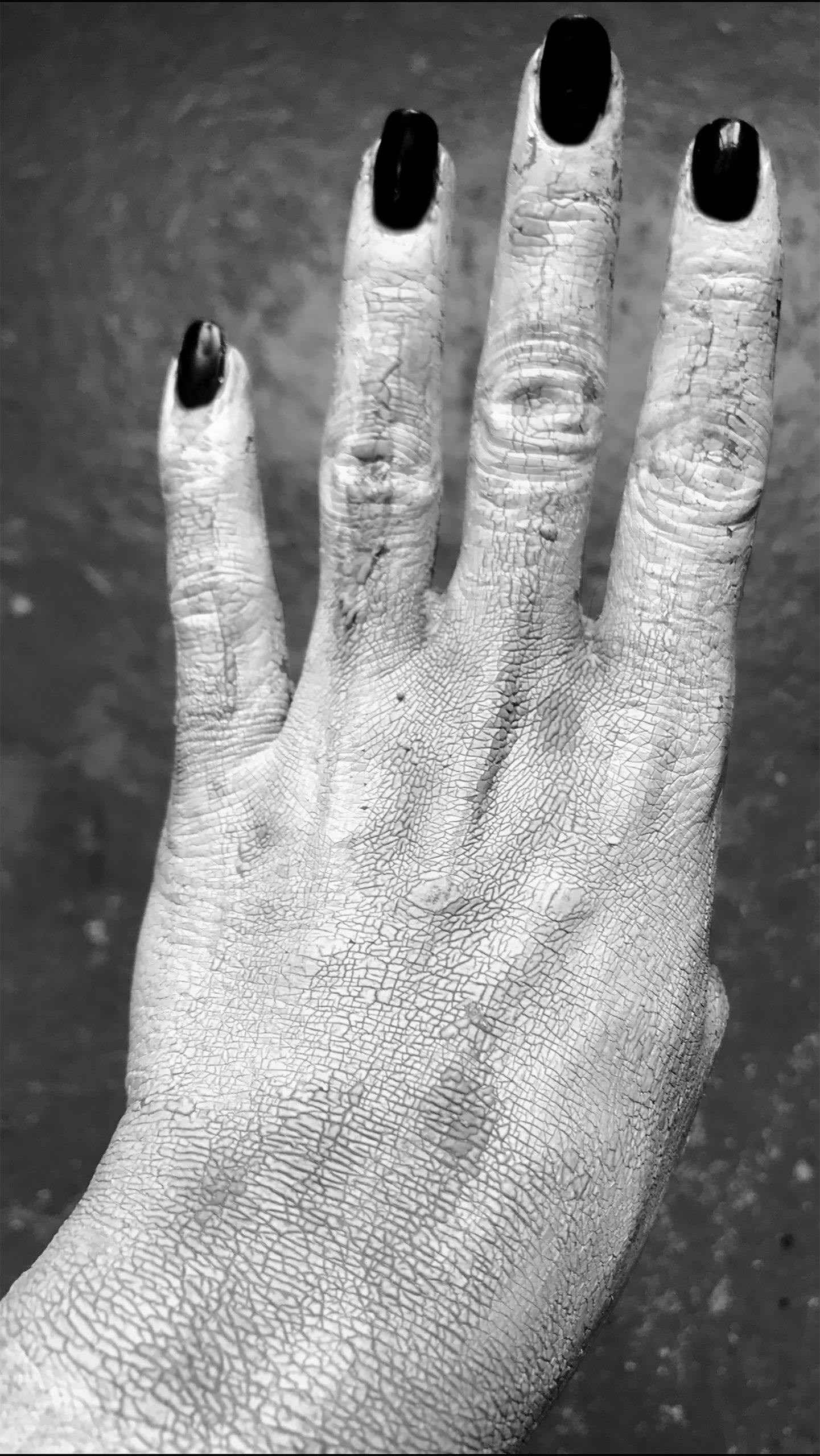Nika Neelova
Nika Neelova is a Russian artist based in London. Her recent exhibitions include ‘EVER’, The Tetley, Leeds (2017); ‘GLYPHS’ Noire Gallery, Turin (2019), ‘drifts (there is always ground, even at night), MLF Brussels, (2018) and ‘She sees the shadows’ Group exhibition DRAF & Mostyn, UK (2018). She studied MA Fine Art Sculpture at Slade School of Art, London.
Ahead of her exhibition in Brighton, we asked Neelova to share some of the research and thinking which has informed the creation her new body of work focusing on our relationship to water one of the most precious natural commodities on the planet. Neelova has been investigating strategies found in the natural world to adapt to water scarcity and the infrastructures humans have created throughout their history to manage water supply. The exhibition of commissioned new works will be shown at the gallery in January 2021. For he Dialogues pages, Neelova presents some of this work in progress, a way to approach her exhibition and an insight into her working practice as she undertakes the development of her exhibition through a new area of investigation.
Below is a reading of texts selected and woven together by Neelova as part of her ongoing research process.
Readers: Florence Carr, Samantha McCulloch
References from the Syracuse text can be found below:
“You might have seen her limbs soften, her bones begin to bend, her nails losing their hardness. All the slenderest 1 parts, her wave-blue hair, her fingers, legs and feet were liquid first; […] and last, in place of warm and living blood, water flows in along her wasted veins and nothing now that you could grasp remains.” So did Cyane, freshwater nymph, consumed by grief, dissolve in her tears in a blue-green pool in Syracuse, giving the name to its eponymous colour. ‘ The Metamorphoses’ Ovid, 8AD
When formulating the first complete theory of blood circulation, physician William Harvey believed that studying 2 the flow of rivers would help him understand the flow of blood in the body. From the left ventricle of the heart, Harvey wrote, blood is ‘diffused through the arteries’ just as ‘our Thames falls into the sea’. De Motu Cordis, 1628
“Blood, bile, intracellular fluid; a small ocean swallowed, a wild wetland in our gut; rivulets forsaken making their 3 way from our insides to out, from watery womb to watery world: we are bodies of water.”Astrida Neimanis, Bodies of water, 2017
That the human animal is the model of the world was written somewhere in Leonardo’s notebooks as an attempt to 4 establish connections between the human body and patterns in nature. Placing the human body within the system of the macrocosm and recasting the human anatomy in geological terms, John Donne writes “If all the veins in our bodies were extended to rivers, and all the sinews to veins of mines..” Devotions upon Emergent Occasions, 1624
“breast milk […] or amniotic waters […] – are material metonyms of a planetary watery milieu that interpermeates 5 and connects bodies, and bathes new kinds of plural life into being.” “industrially produced chemicals are found in the blood and breast milk of every single living subject. They persist across generations, forward and back…” Astrida Neimanis, Bodies of Water, 2017
In the ‘Carrier Bag Theory of Fiction’ Ursula le Guin suggests the possibility of feminine anti-heroic origins for our species, not 6 through manufacturing weapons and hunting pray but through gathering oats and water and finding tools to ‘bring the energy home’.“A leaf a gourd a shell a net a bag a sling a sack a bottle a pot a box a container. A holder. A recipient.[..] If it is a human thing to do to put something you want, because it’s useful, edible, or beautiful, into a bag, or a basket, or a bit of rolled bark or leaf, or a net woven of your own hair, or what have you, and then take it home with you, home being another, larger kind of pouch or bag, a container for people”.
In the manufacturing of water wood pipes, the wood logs are “bored with an auger of the required size. The outer surface is then 7 removed by the turning lathe, leaving it uniform in size and free from sap. After being places in the drying room until sufficiently seasoned, it is thoroughly inspected and taken to the bander, where hoop iron is wound and pressed on by steam power.” ‘Wooden Water Pipe’ The Manufacturer and Builder, Volume 18, Issue 1 (Jan. 1886)
“Plumbing owes its name to the material that was used to manufacture pipes in ancient Rome. Plates of lead which had been 8 cast on smooth beds of sand were rolled into sheets which in turn were bent around a wooden cylinder. During the reign of Queen Elisabeth the first apprenticeship laws were passed compelling plumbers to serve in apprenticeship for seven years.The biggest advance came in 1760, when the pipes were cast in non corroded lead from sectional moulds with metal cores, assuring the production of continuous lengths of pipes.” ‘The History of Sanitation. Plumbing then and now’, Bridgeport Brass Company, 1927
“A hundred thousand years ago […] our ancestors […] knelt down by brooks and streams to drink. Perhaps those of a higher 9 intellectual powers learnt to cup their hands so that drinking would be easier. The use of the hollow vessel was the next step. In time they learnt to lead water through trenches dug in the mud or sand or using a fallen hollow tree as their first water pipe.” ‘The History of Sanitation. Plumbing then and now’, Bridgeport Brass Company, 1927
(reference to the Endless House) Frederick Kiesler dedicated decades of his life to the development the “Endless House’ – a 10 single-family dwelling whose biomorphic form liberated from traditional architectural aesthetics. The structure was to respond to the functional and spiritual requirements of its occupants. The Endless House was “the sum of every possible movement its inhabitants can make within it”. He believed the house should be the ‘nucleus of possibilities’ and be able to transform and adapt in relation to its environment. Shaped as a flattened spheroid, reminiscent of an egg or a womb, its form allowed the space to flow without a beginning or an end. The elastic spatial concept was tuned to the repetition of life’s cyclical rhythms.
Jean Arp, the German-French sculptor, painter, and poet described Kiesler this way: “…his head was full of eggs that he roosted 11 on day and night. He brooded upon one with particular care until the egg of eggs hatched from the egg and overshadowed the gross constructions of our architecture. In his egg, in these spheroid, egg-shaped structures, a human being can now take shelter and live as in his mother’s womb.”
As Kiesler writes in the “Manifeste du Correalisme’ functions are contained in the primary structure of the initial cell of the 12 projects in the same way as the multiple specialised function of organs that are already contained in the amorphous embryo of the human body.[…] For Kiesler the Endless House is “a living organism and not just an arrangement of dead materials . The house is the epidermis of the human body”. ( Friedrich Kiesler 1890-1965 : Inside the Endless House’, Böhlau, 1997)
The Alkonost – the woman-headed bird and relative of the Sirens. She lives in the underworld and possesses a hypnotising voice 13 capturing the souls of those who hear it. During the winter solstice, she lays her eggs at the bottom of the sea and until the eggs hatch calm waters are observed. But once she brings the eggs back to shore, a thunderstorm sets in making the waters impossible to traverse. The Alkonost is one of the many non-human creatures populating the earth with mythical powers able to control the feared forces of nature
“Early naturalists talked often about “deep time”—the perception they had, contemplating the grandeur of this valley or that 14 rock basin, of the profound slowness of nature. But the perspective changes when history accelerates..” David Wallace-Wells, 14 The Uninhabitable Earth: Life After Warming. Disasters no longer natural, Tim Duggan Books, 2019
What lies in store for us is more like what aboriginal Australians, talking with Victorian anthropologists, called “dreamtime,” 15 or “everywhen”: the semi-mythical experience of encountering, in the present moment, an out-of-time past, when ancestors, heroes, and demigods crowded an epic stage. You can find it already by watching footage of an iceberg collapsing into the sea—a feeling of history happening all at once. ” David Wallace-Wells, The Uninhabitable Earth: Life After Warming. Disasters no longer natural, Tim Duggan Books, 2019
“When in the jungle the temperature is roughly human body temperature, it becomes hard at the level of deep sensation to 16 maintain a boundary between where one’s skin stops and where the rainforest starts. [t]he jungle is an entity that comes right up to your skin and penetrates it, beaming through you like x-rays.” Timothy Morton ‘Hyperobjects’ Philosophy and Ecology After 16 the End of the World. The Age of Asymmetry, 2013
Virginia Woolf ‘The Waves’, page 75, Oxford University Press; New edition 2015
“The blue ruin of earth is the total work of art at the end of history. The earth will be buried at sea.” McKenzie Wark. ‘An 18 Inhuman Fiction of Forces’ LEPER CREATIVITY: CYCLONOPEDIA SYMPOSIUM, page 39, Punctum books, 2012.
Joseph Conrad The Heart of Darkness, fragments from pages 39-42, The Floating Press 2008.
Below are a series of research images, studio tests and references from the development of Neelova project.
